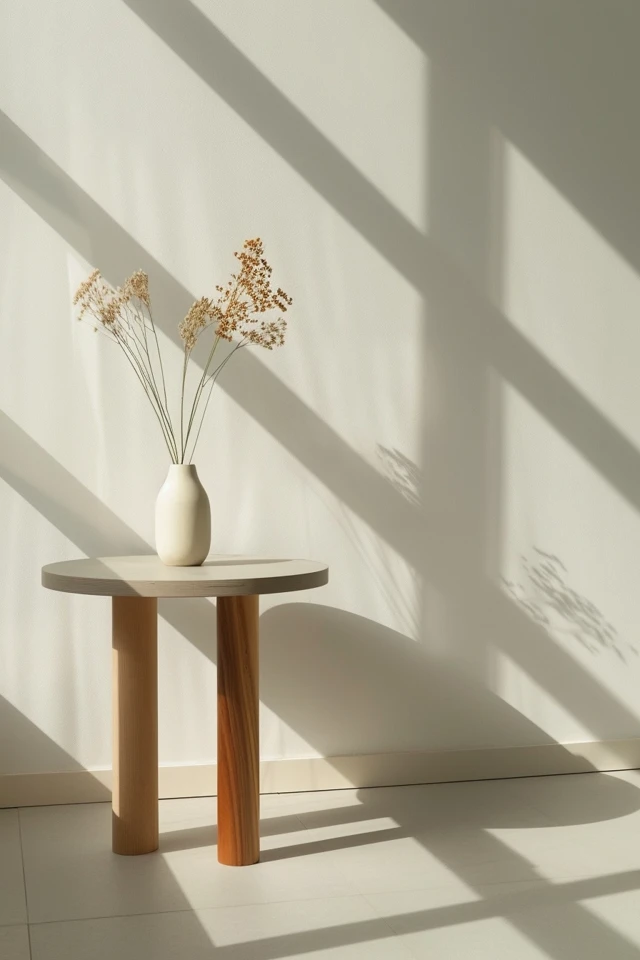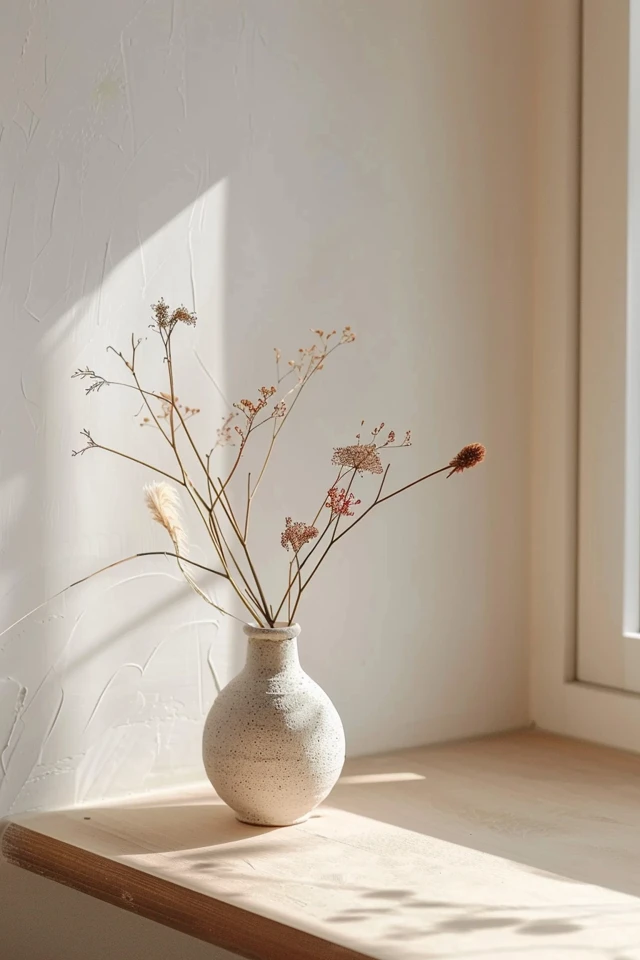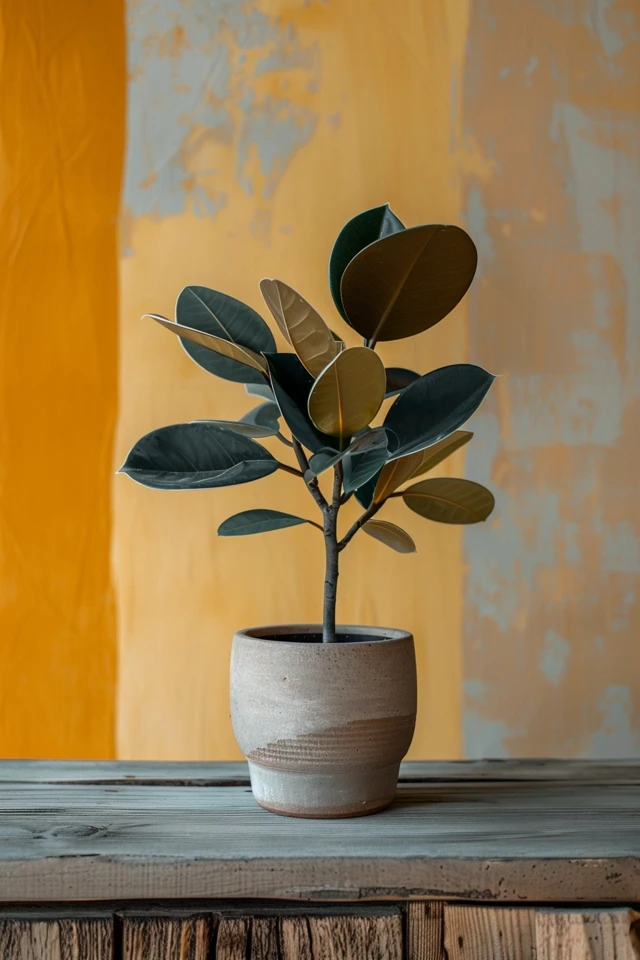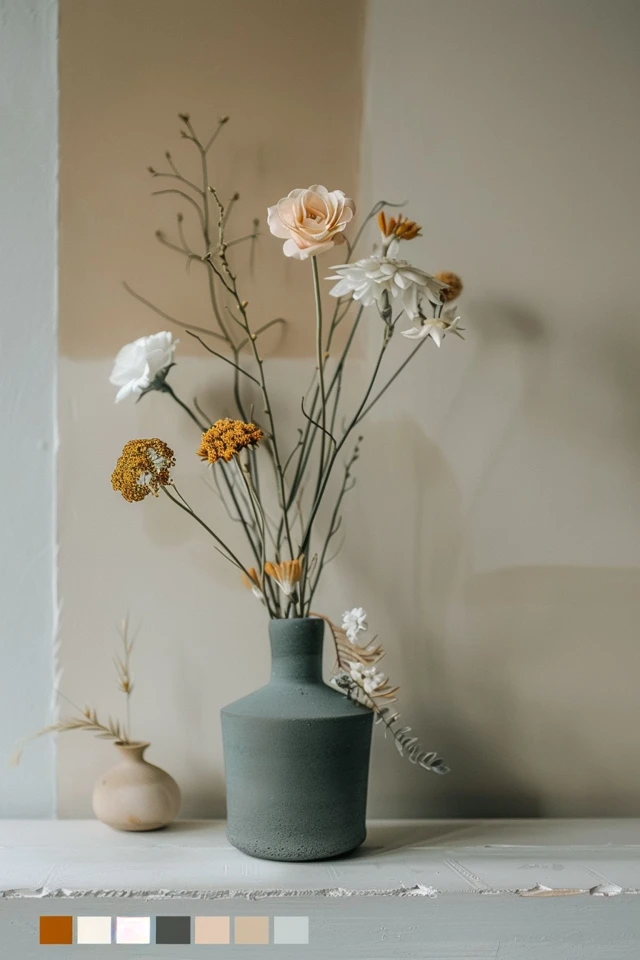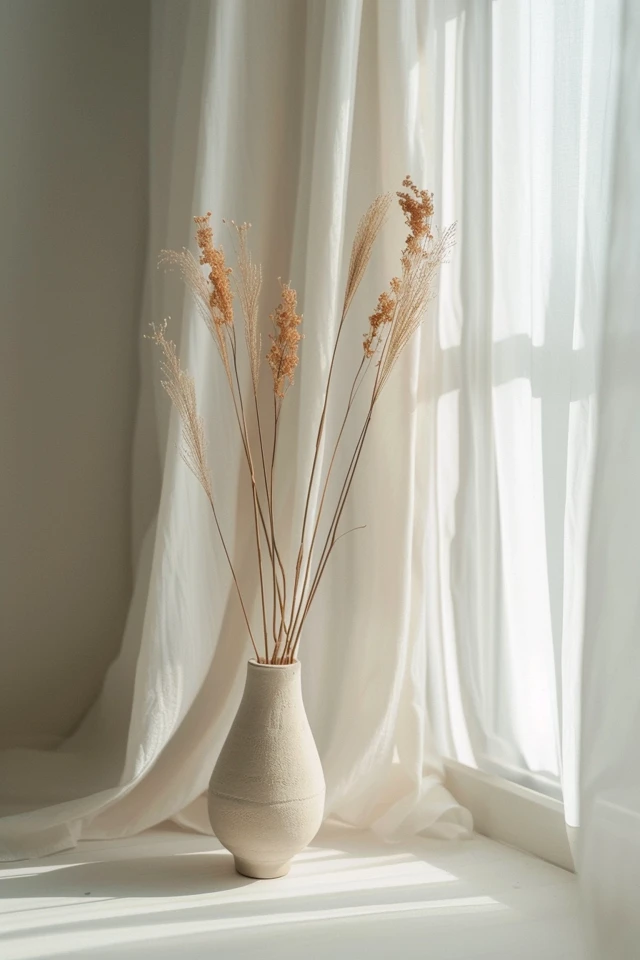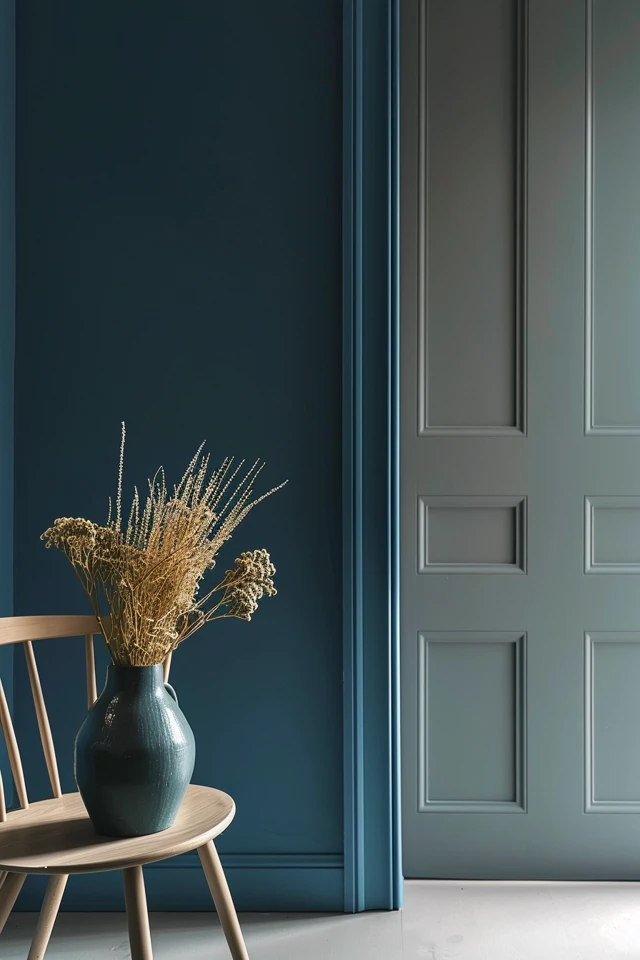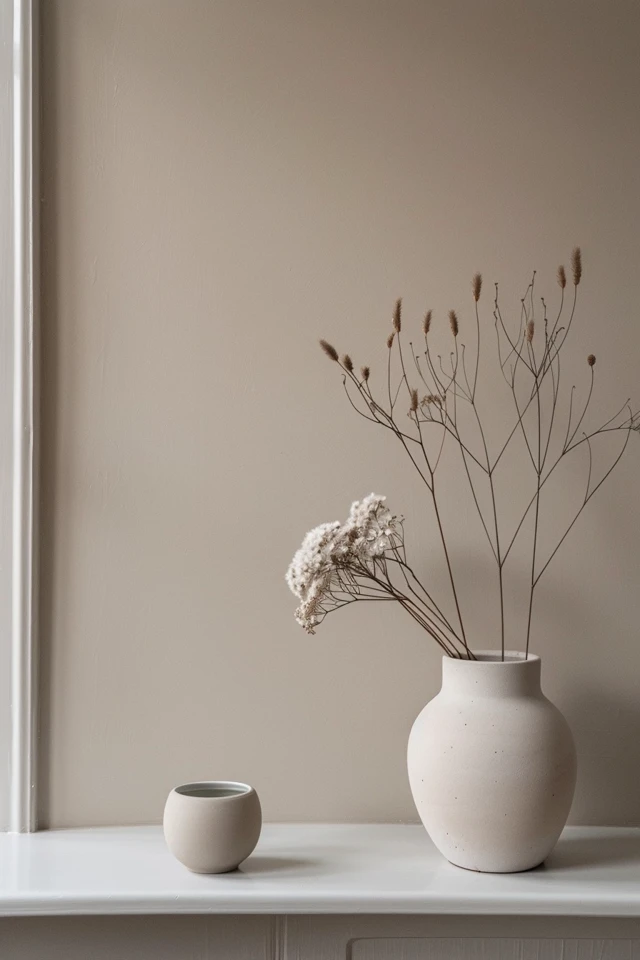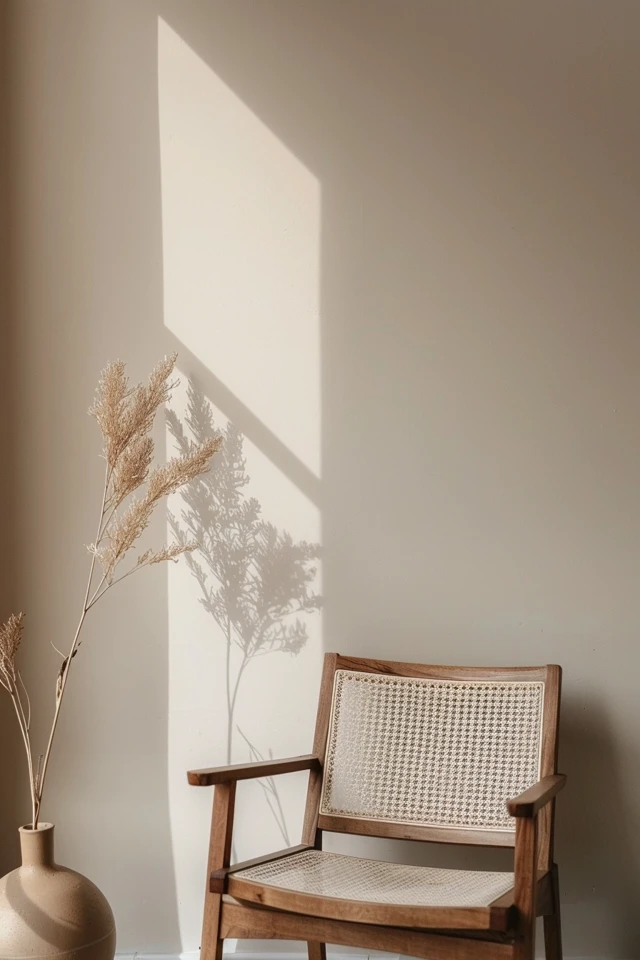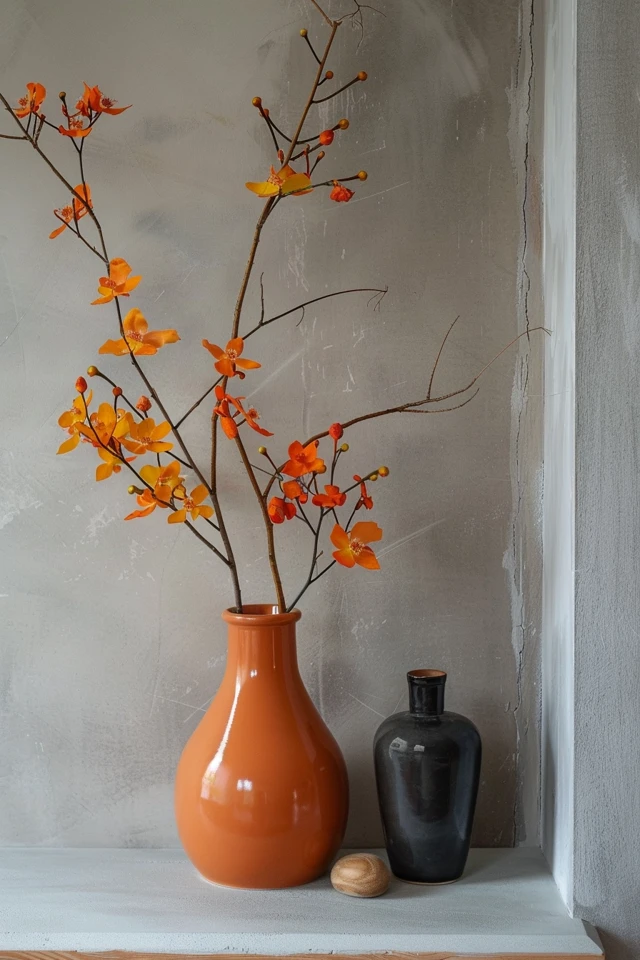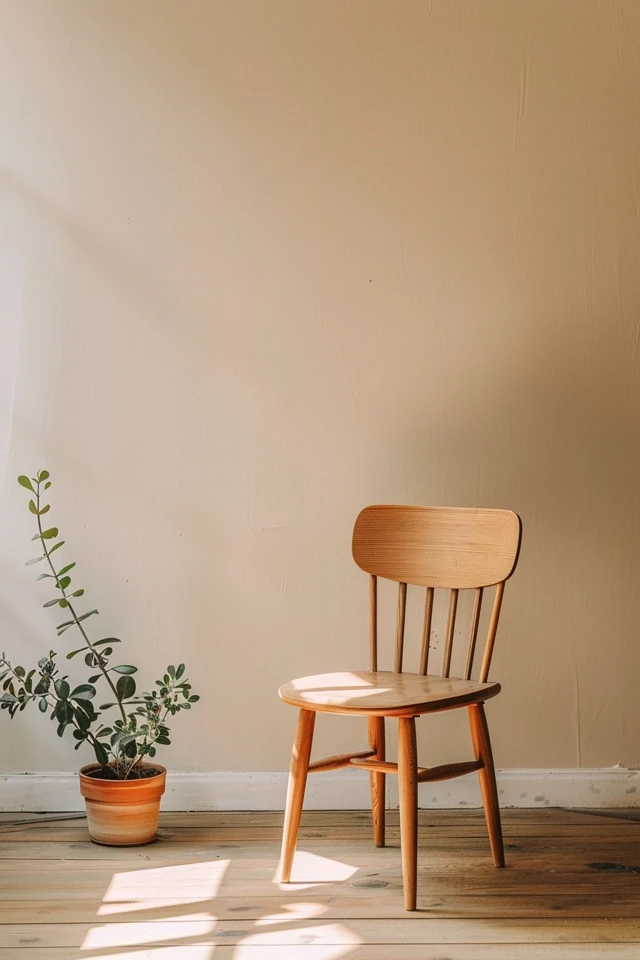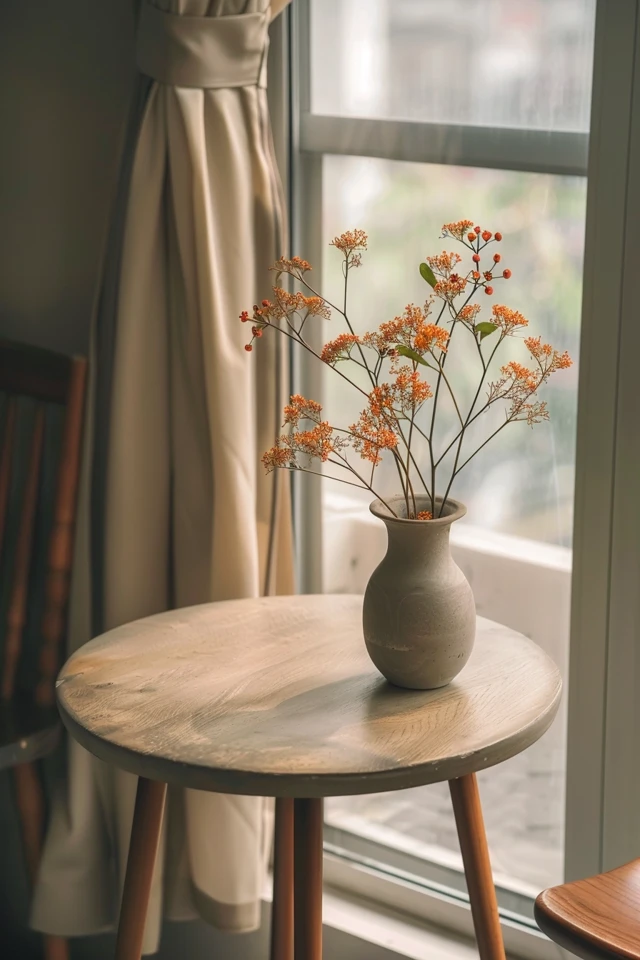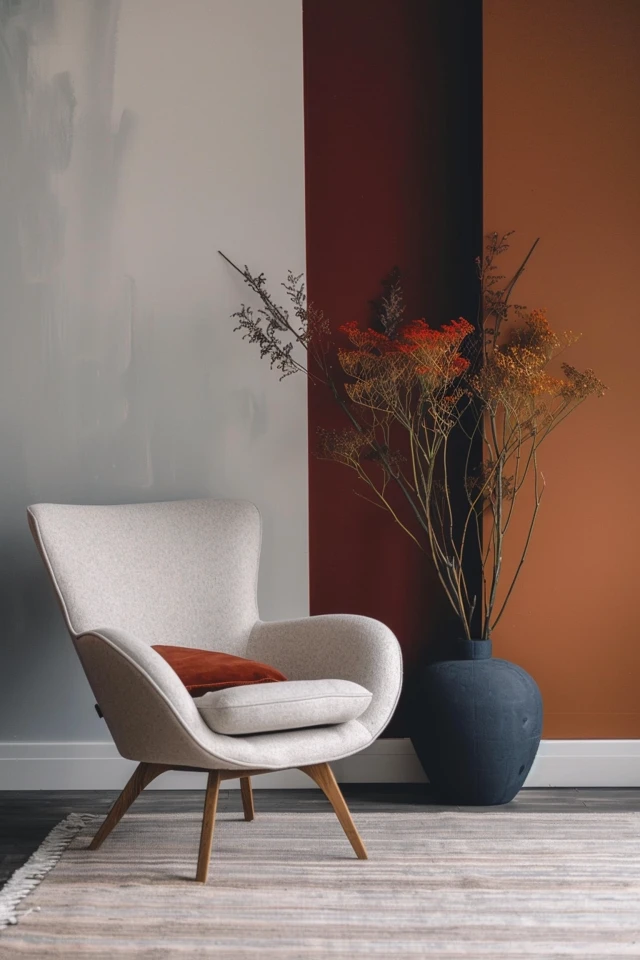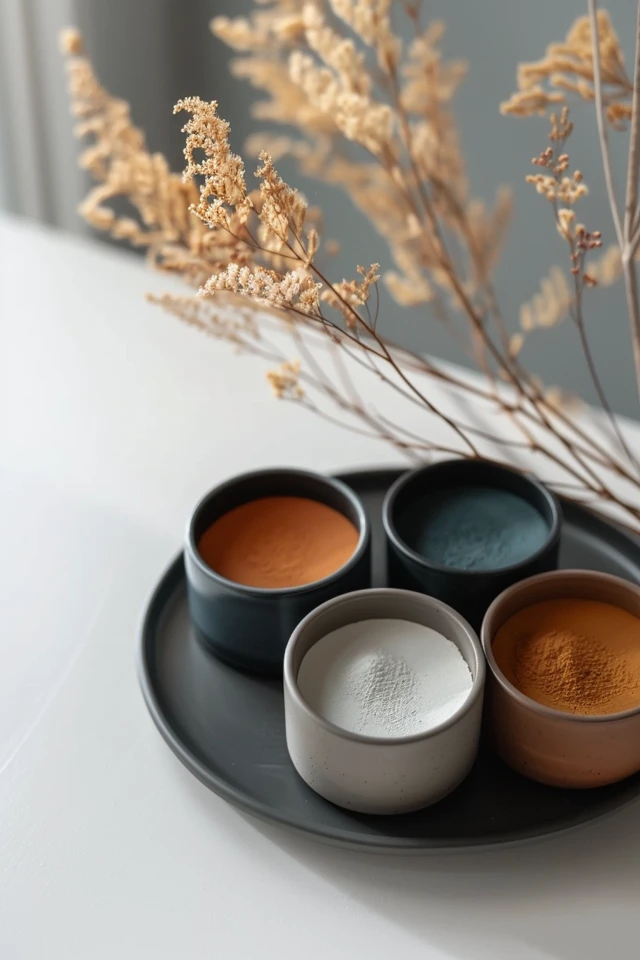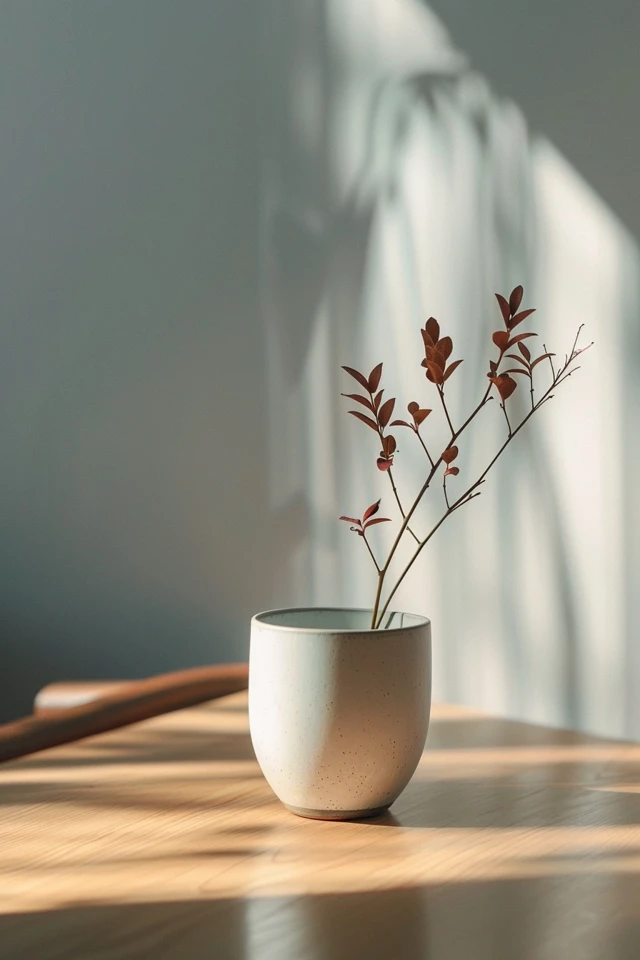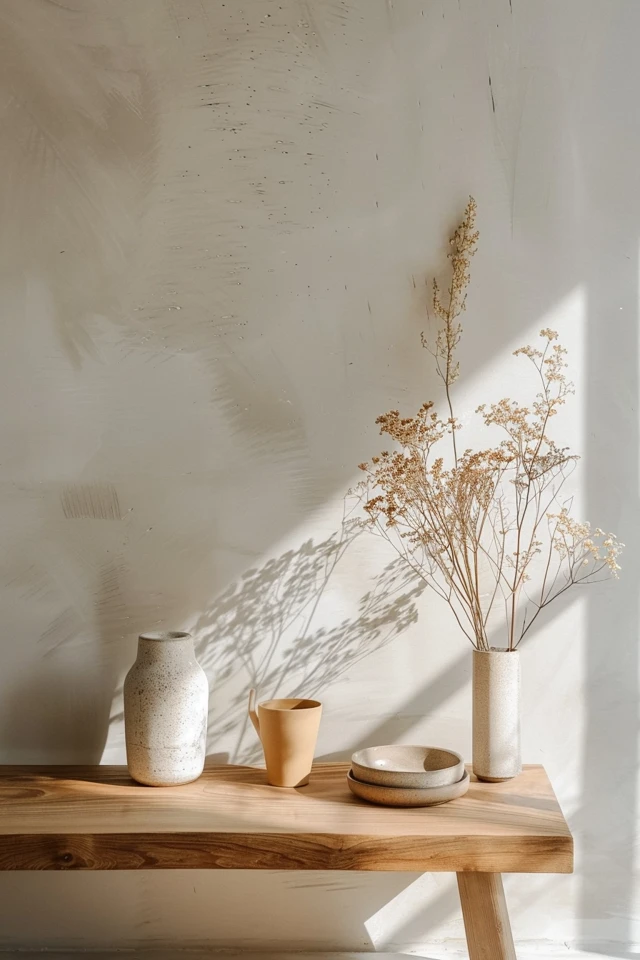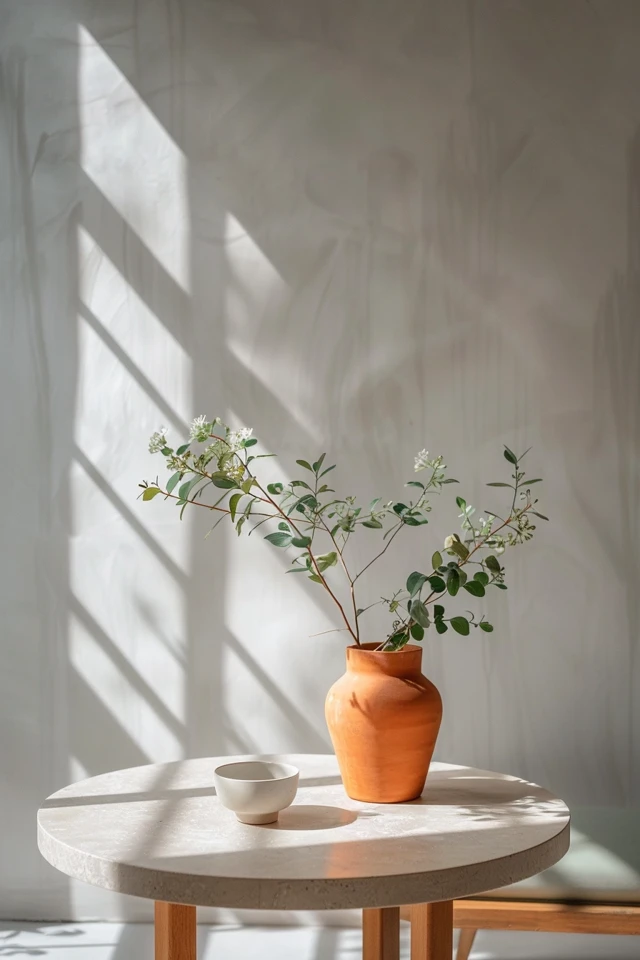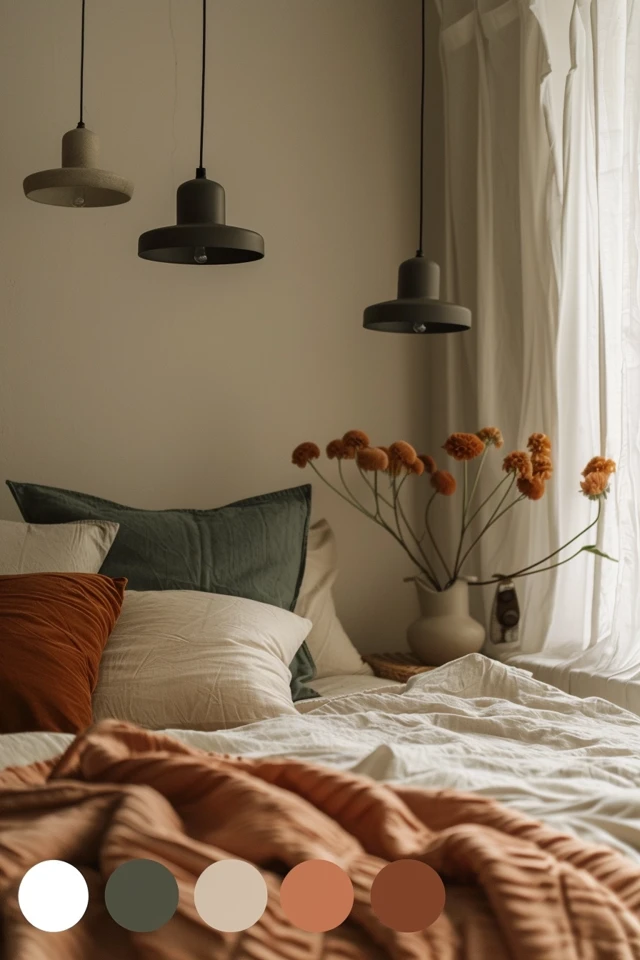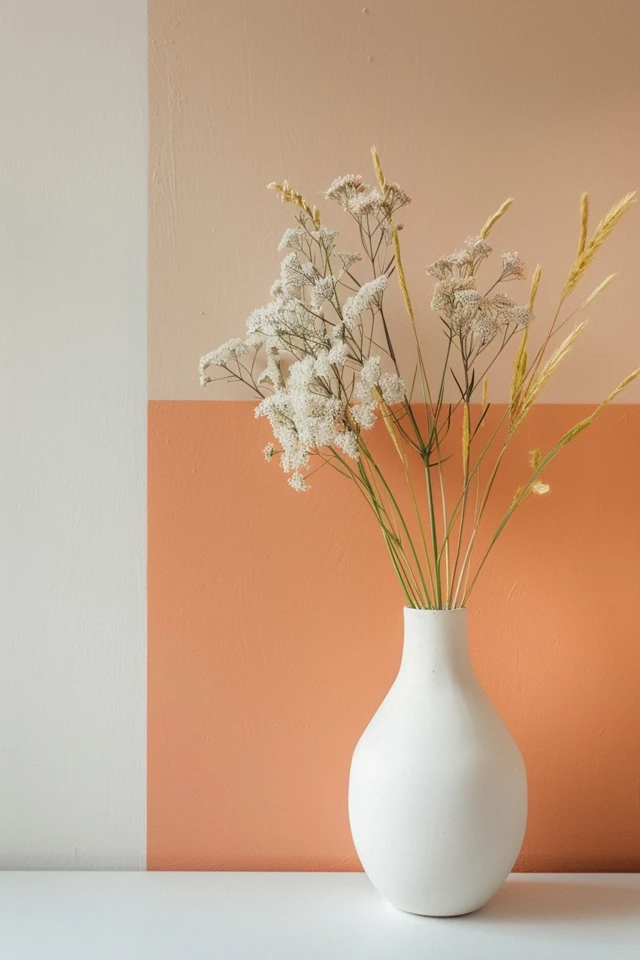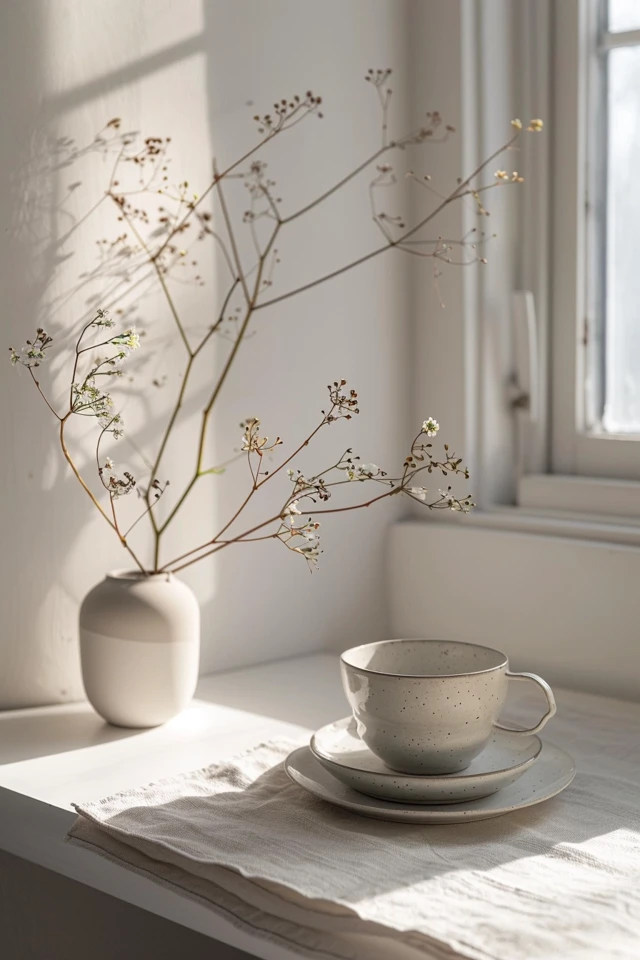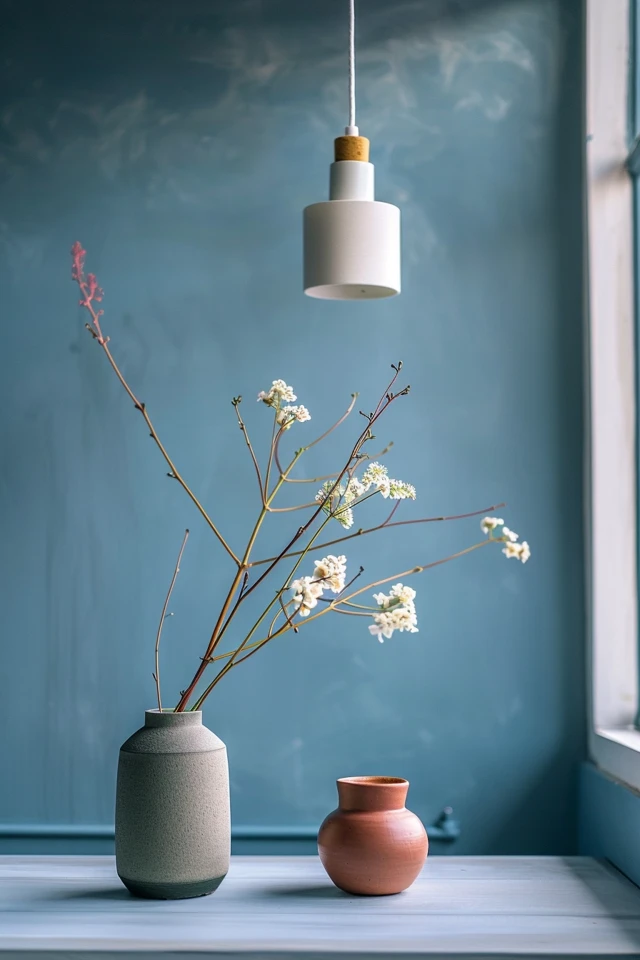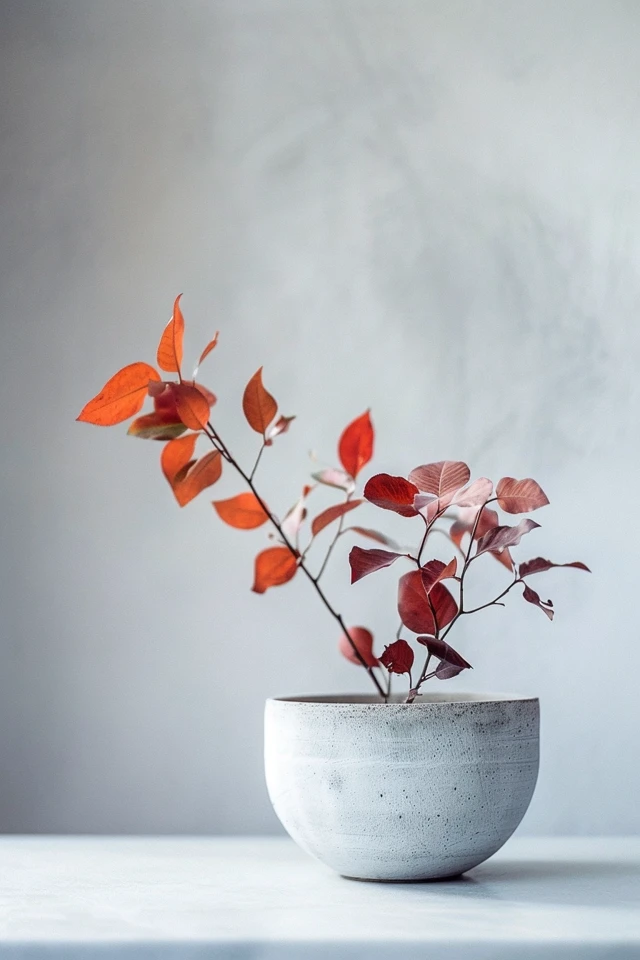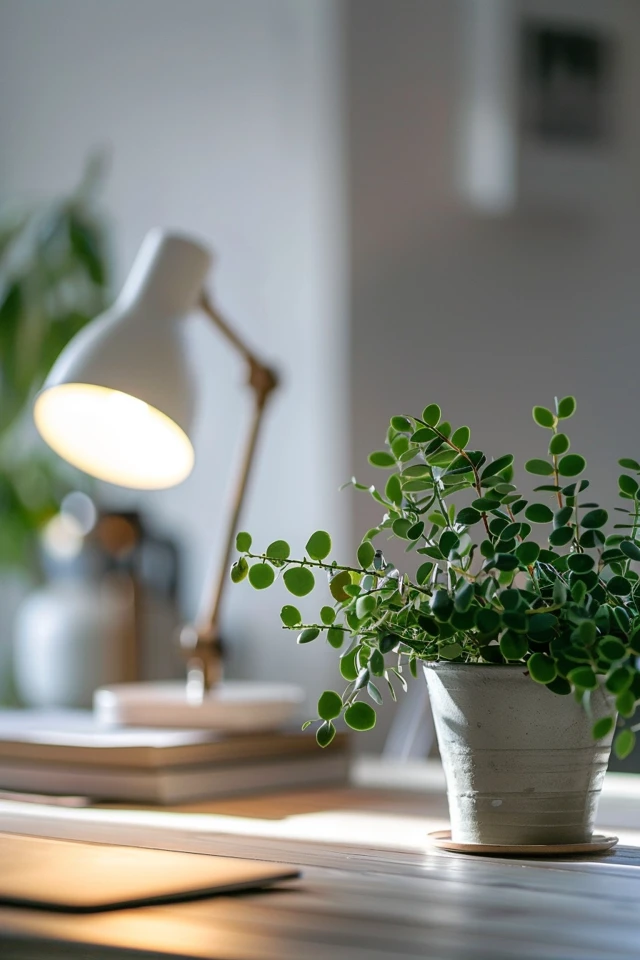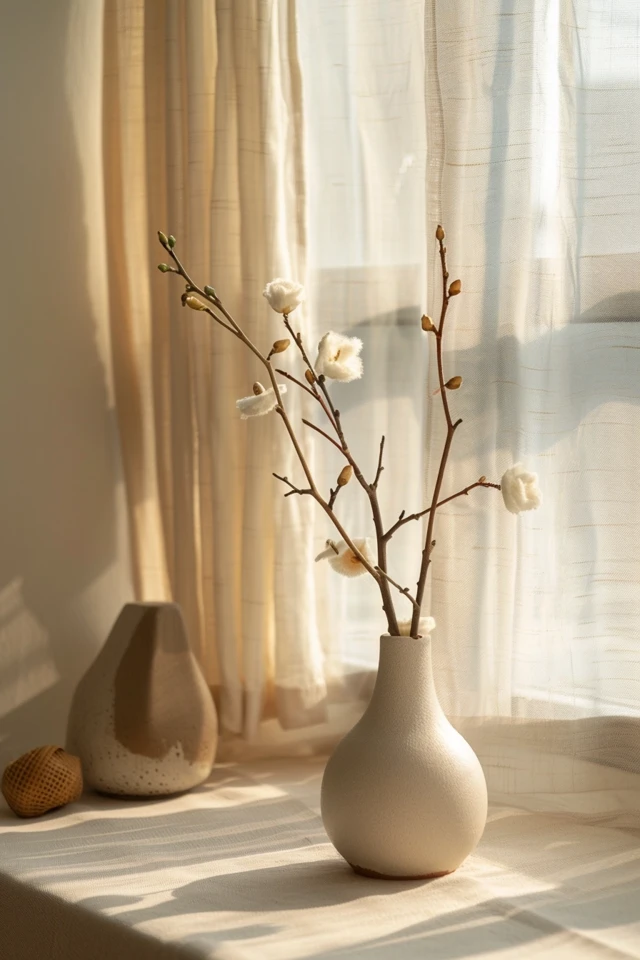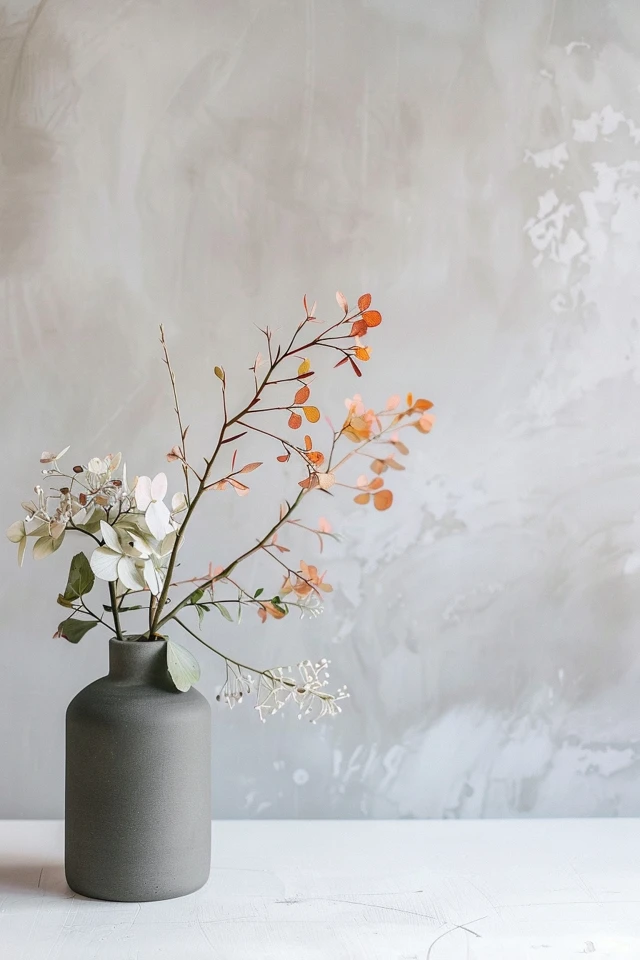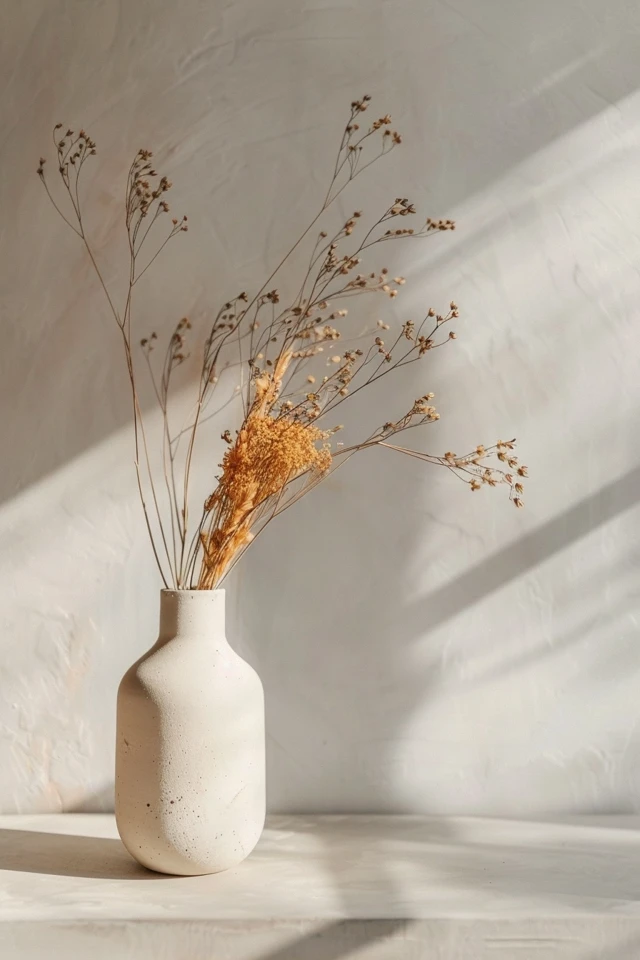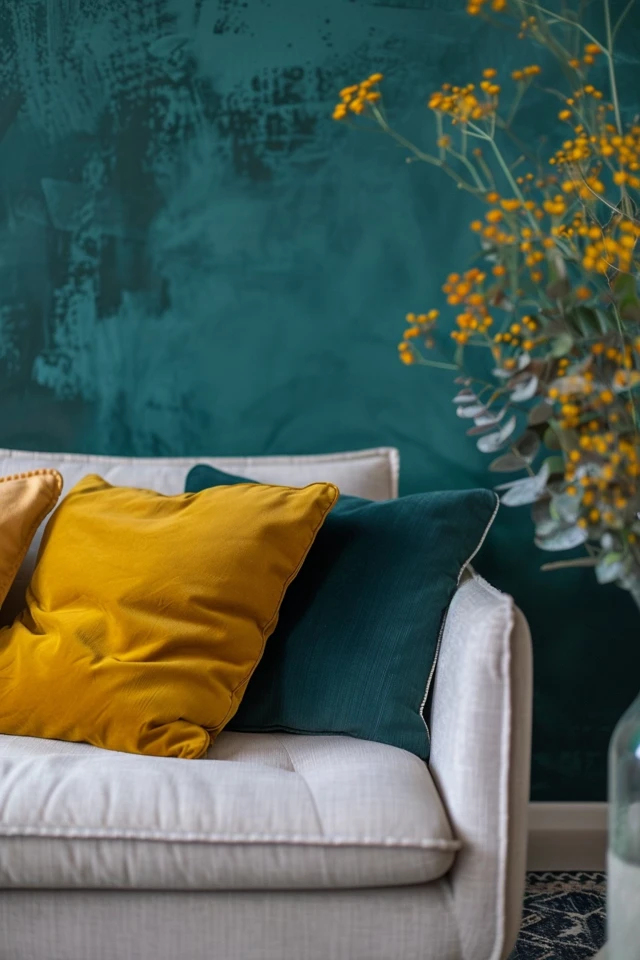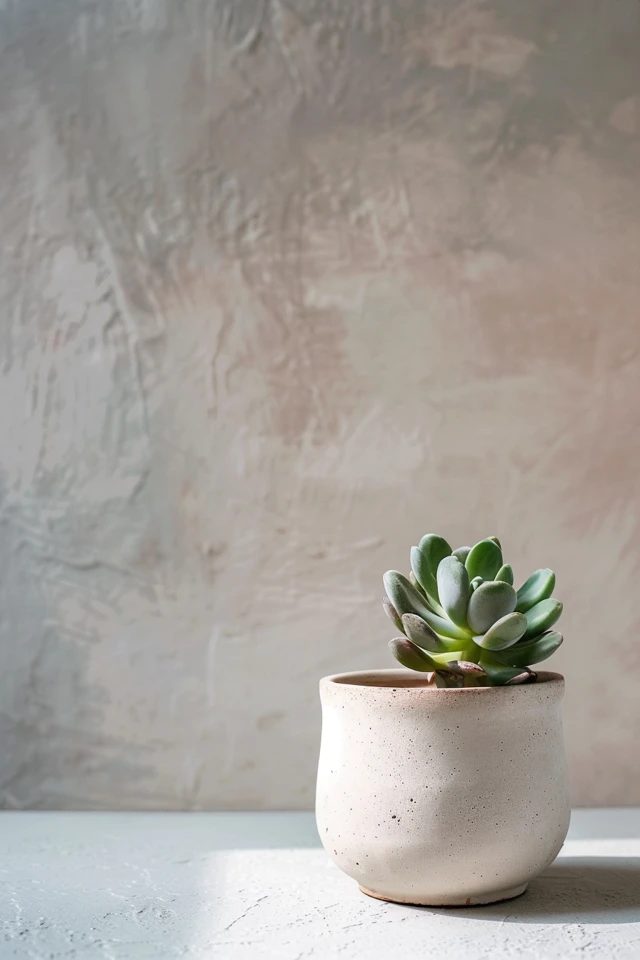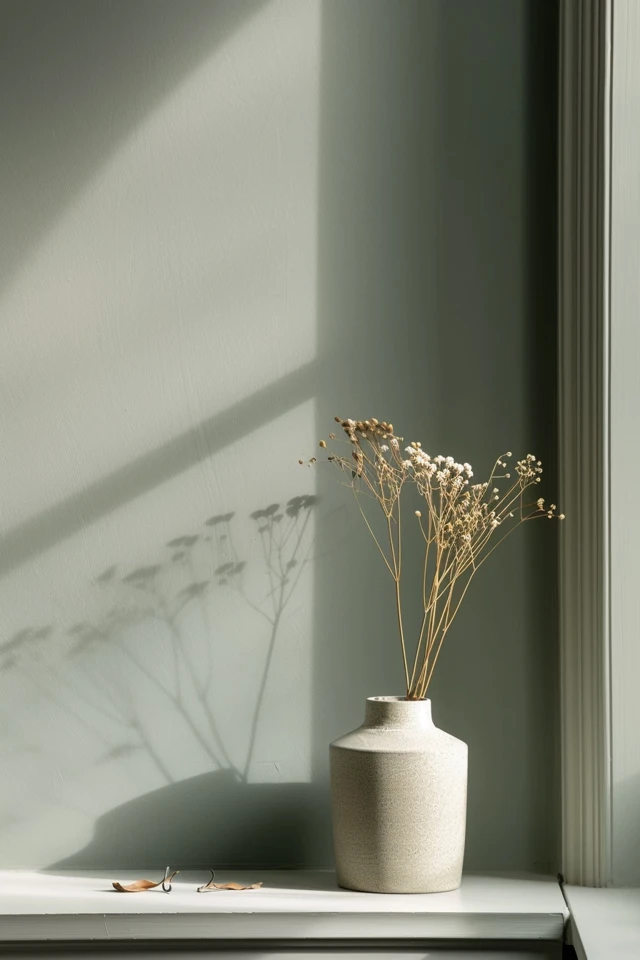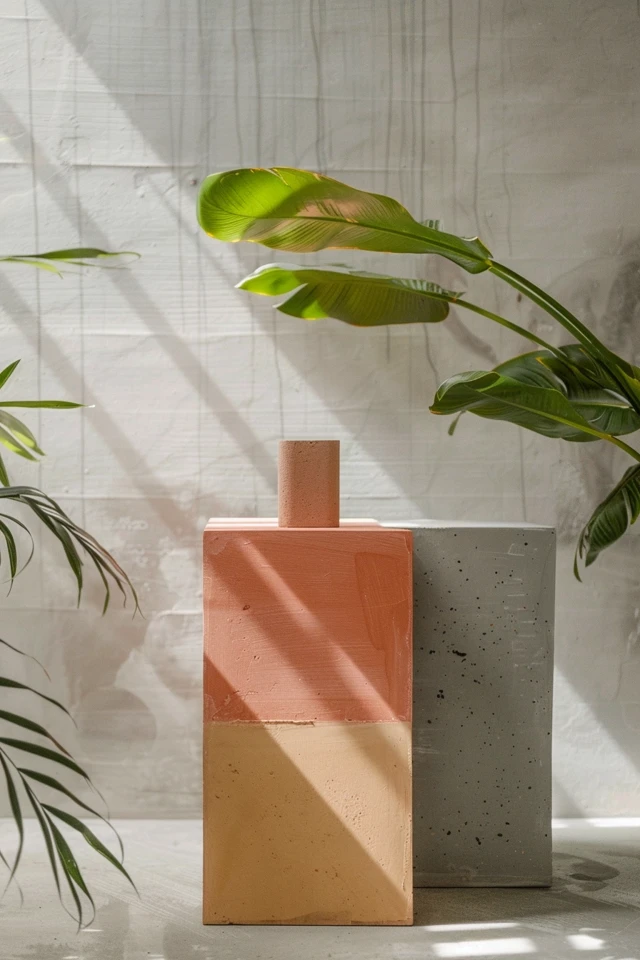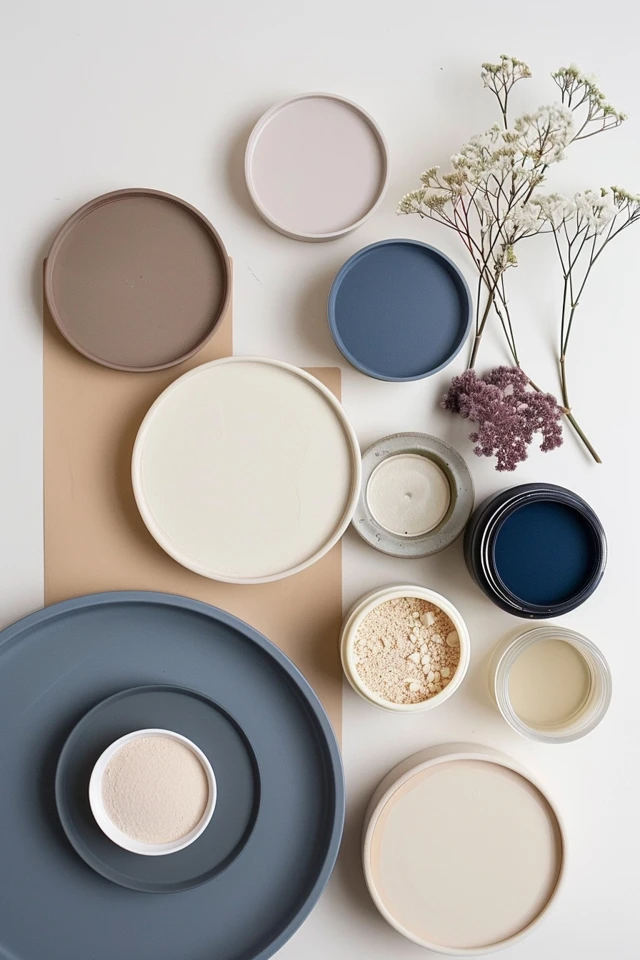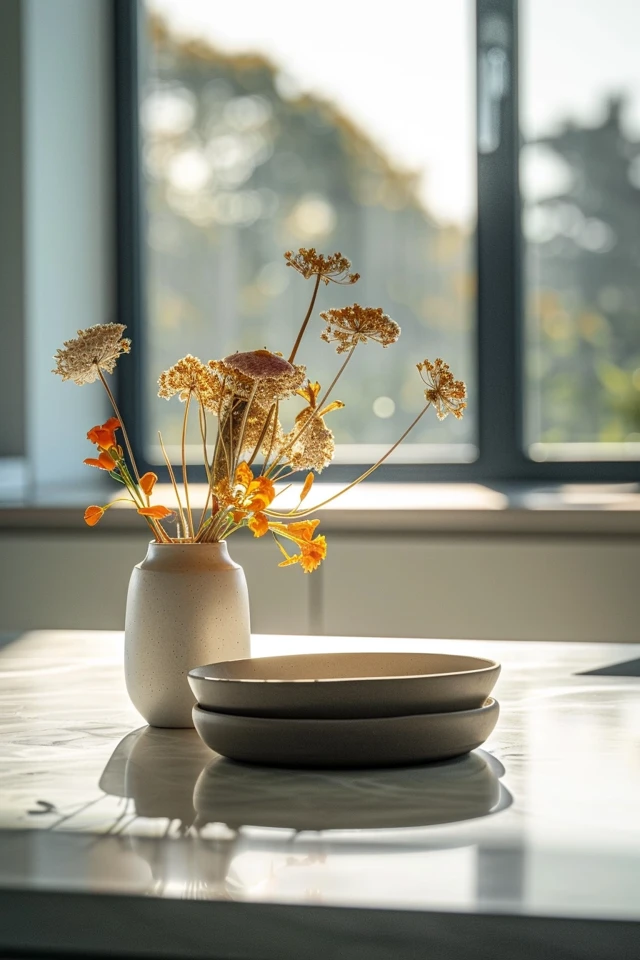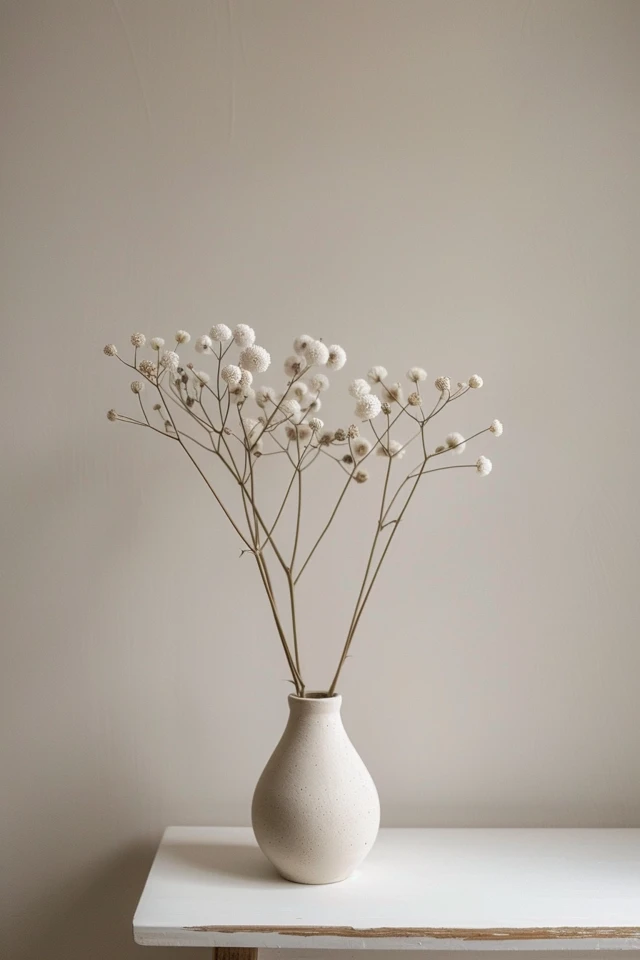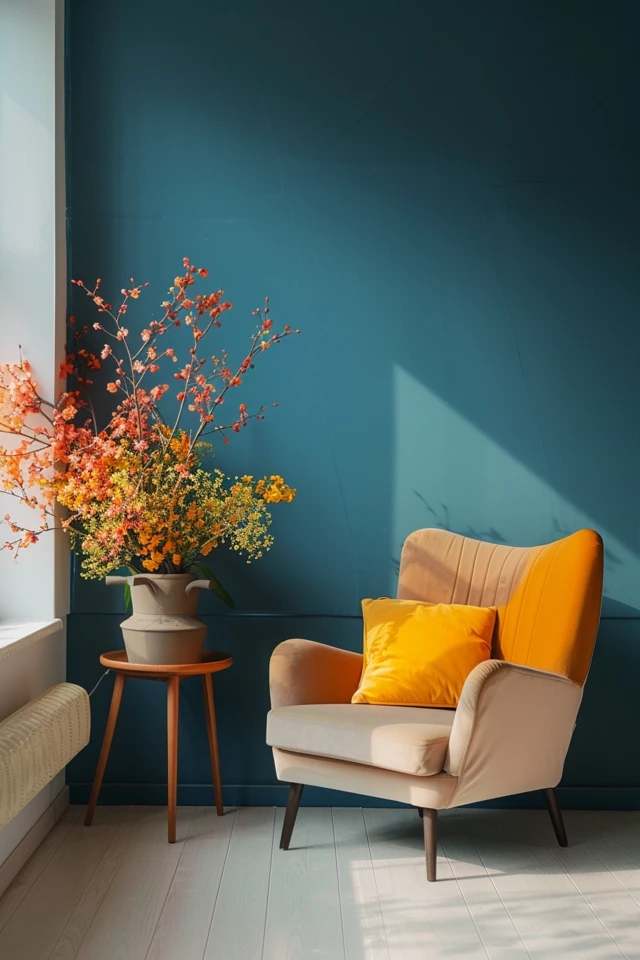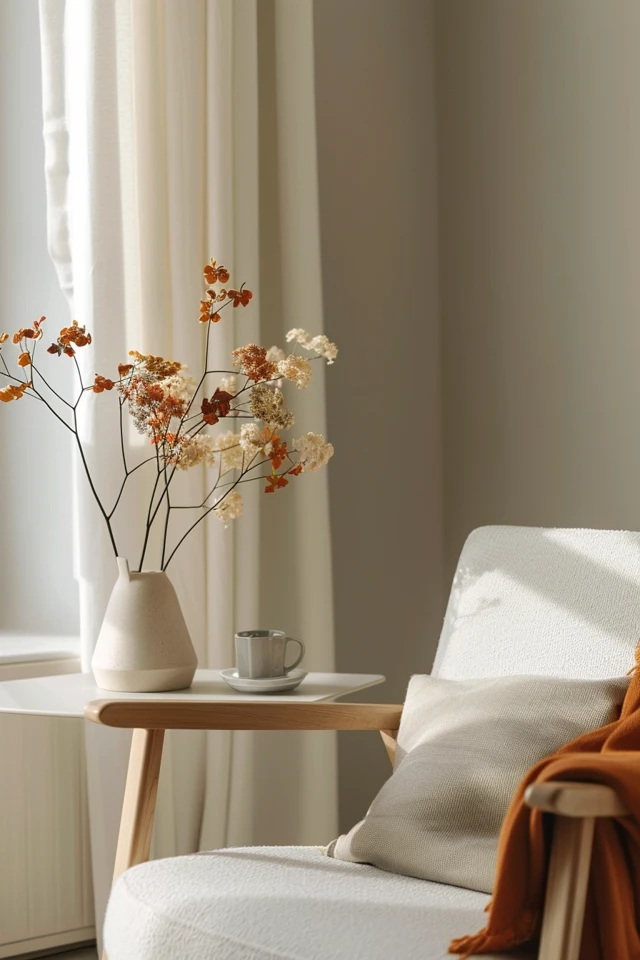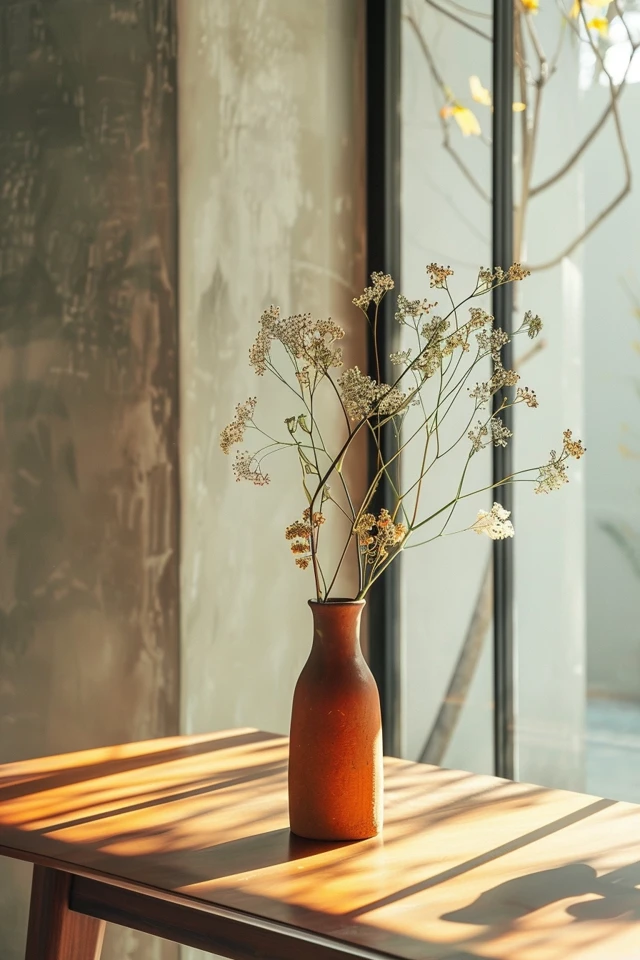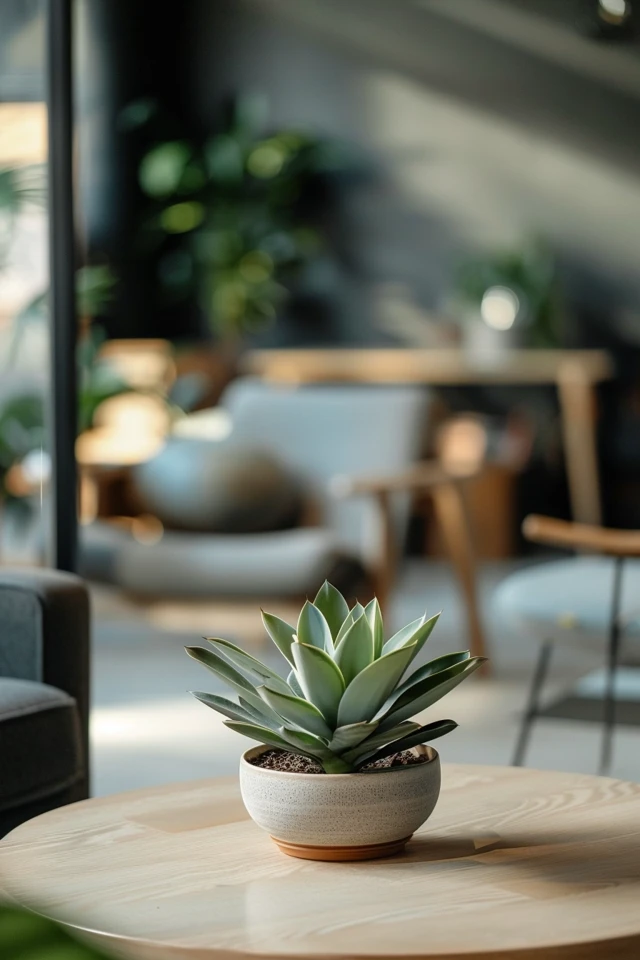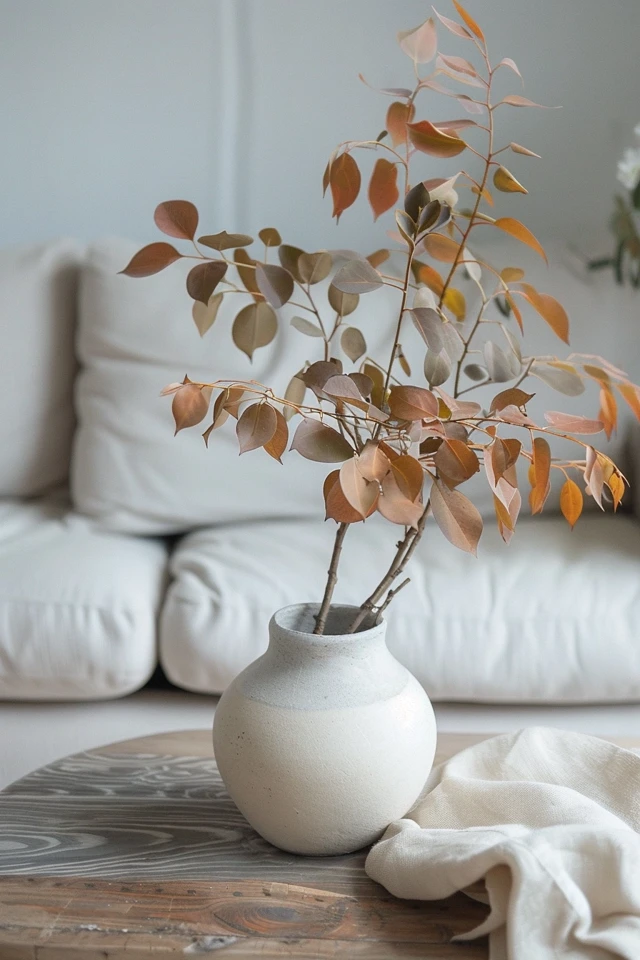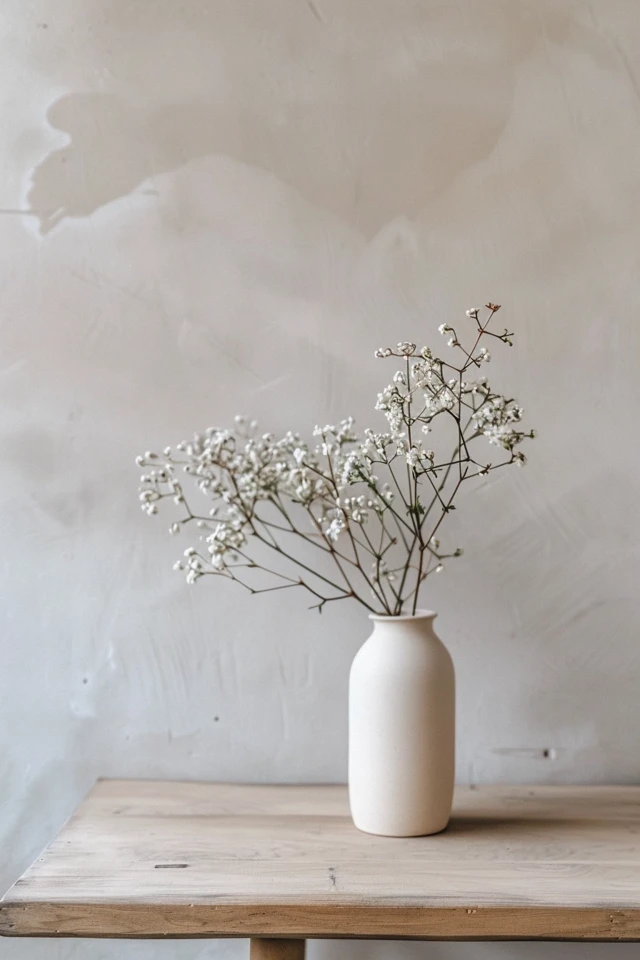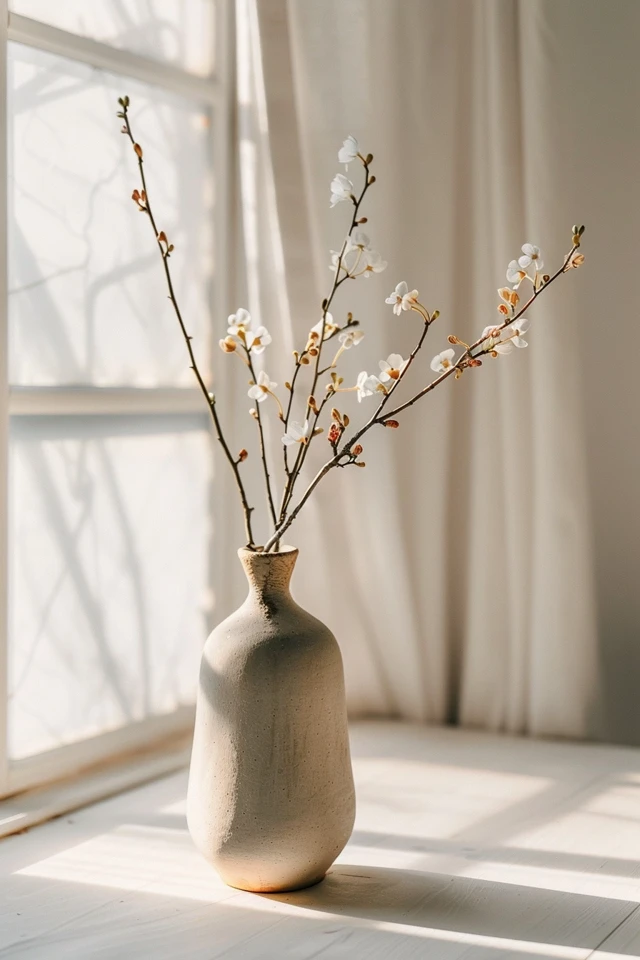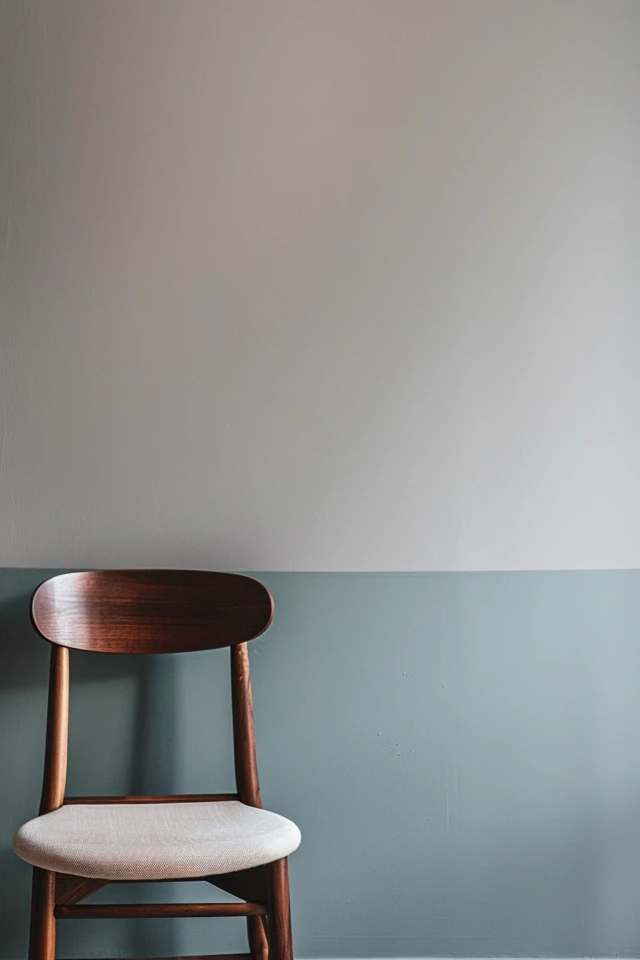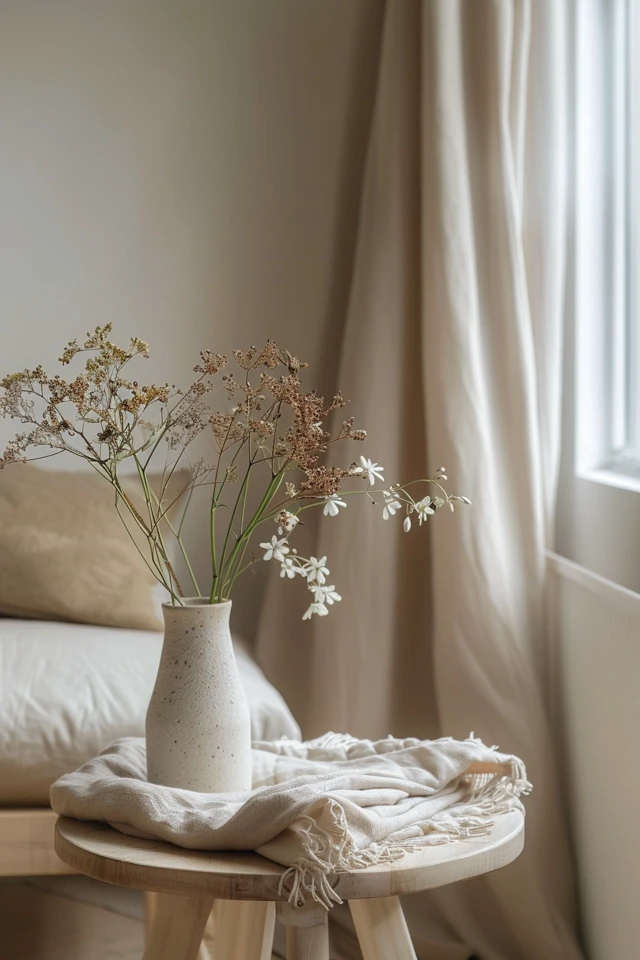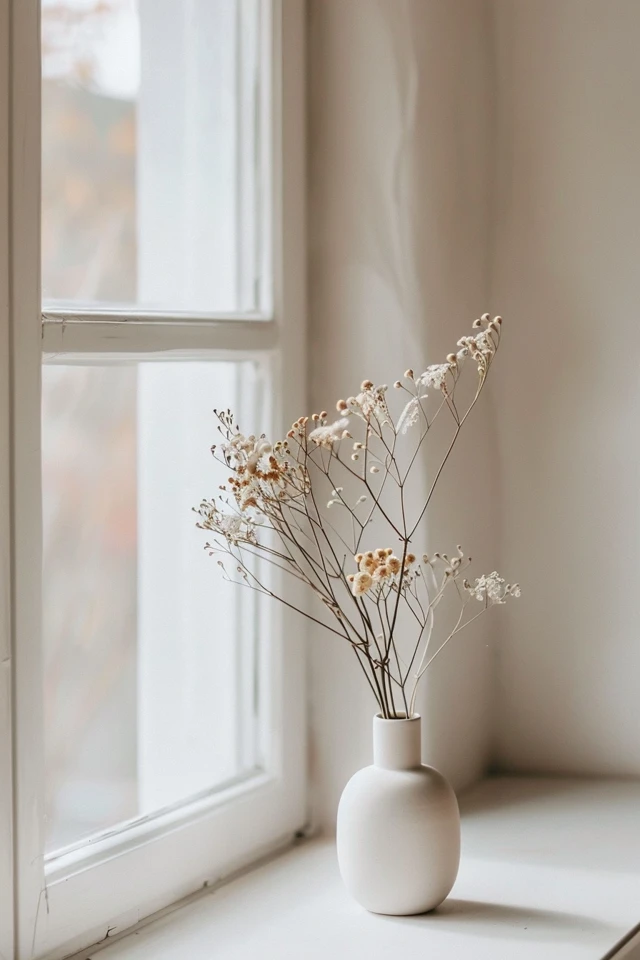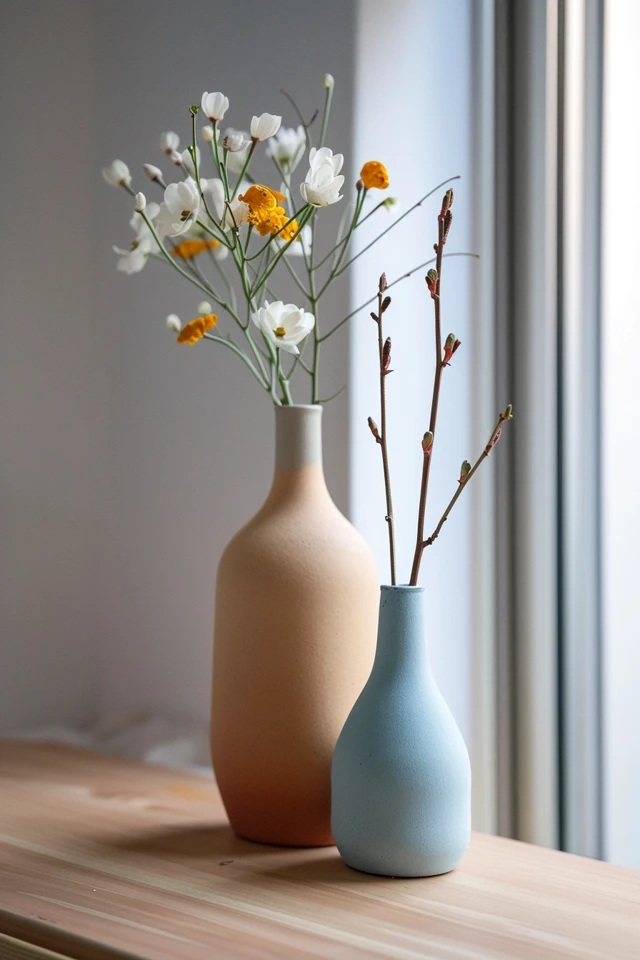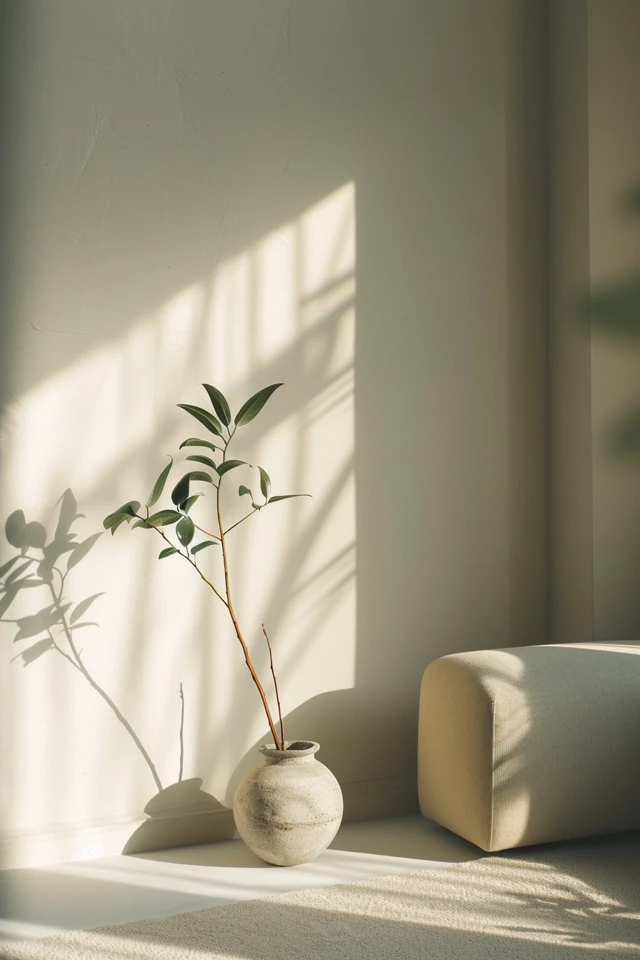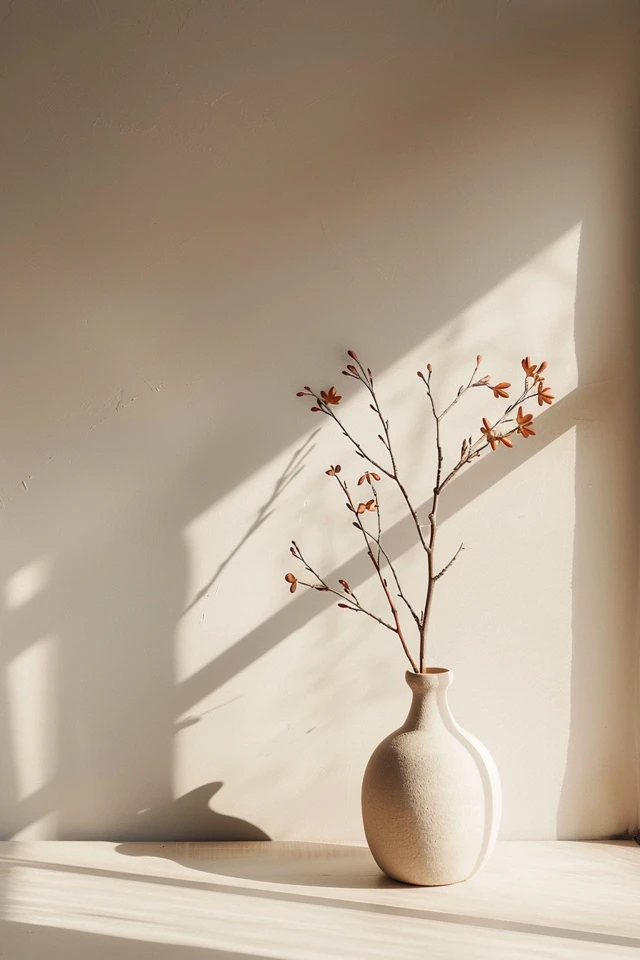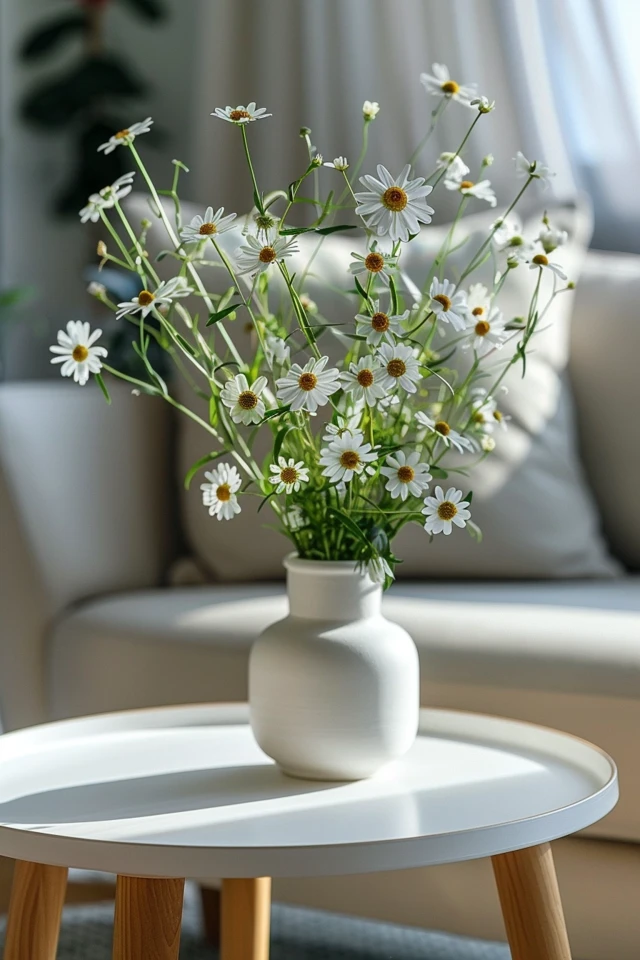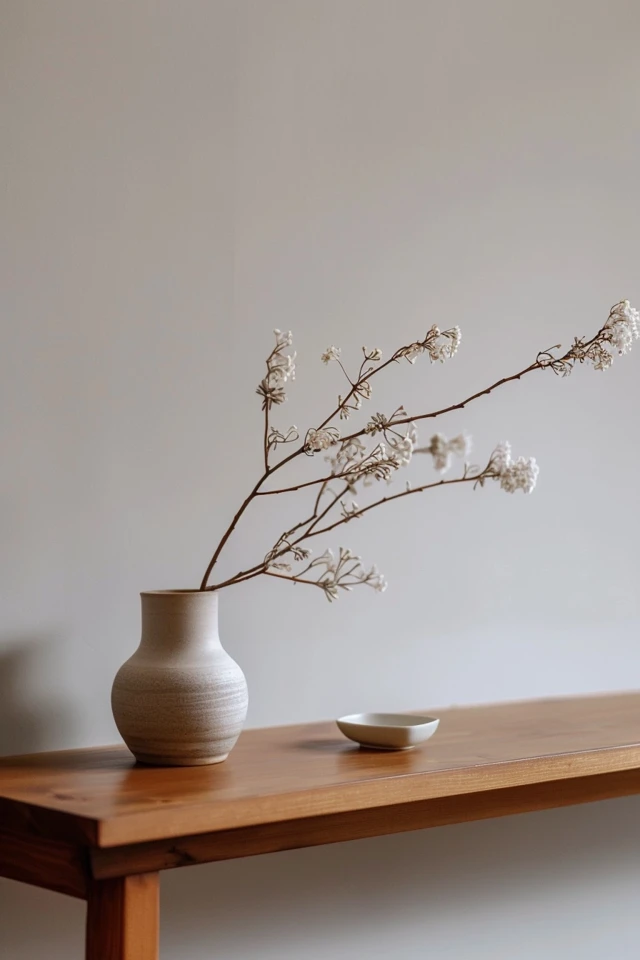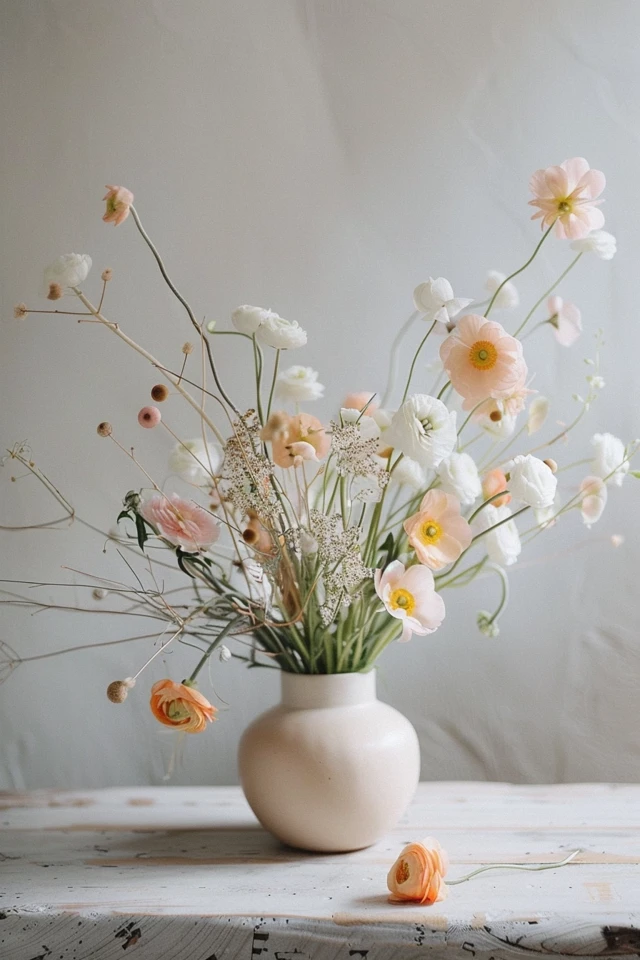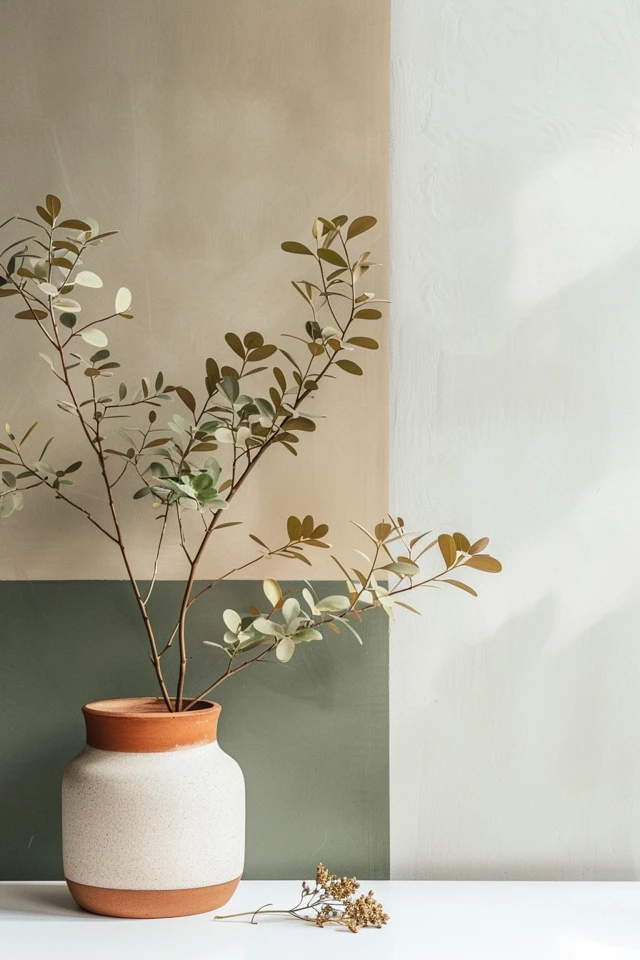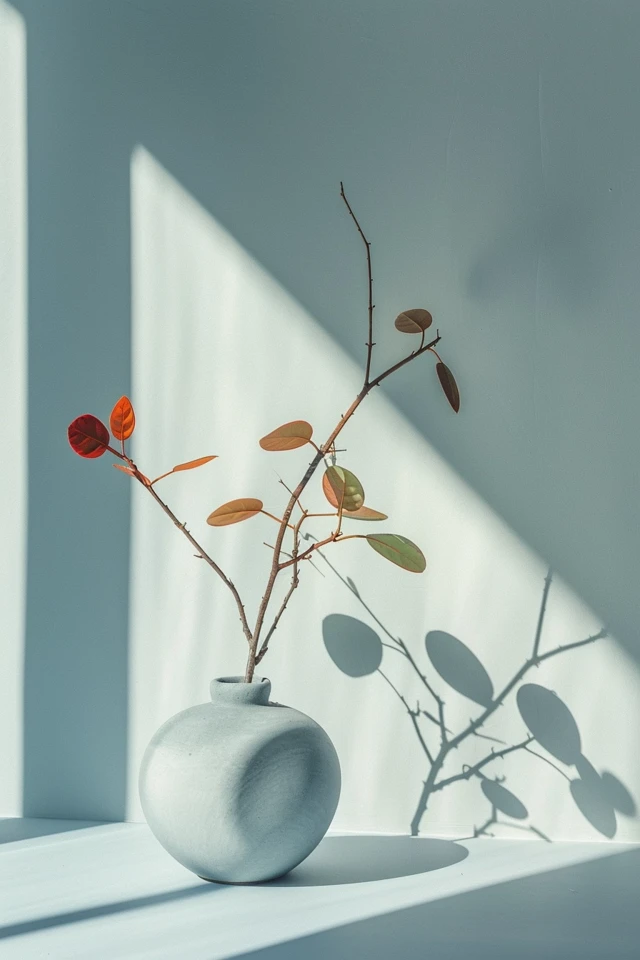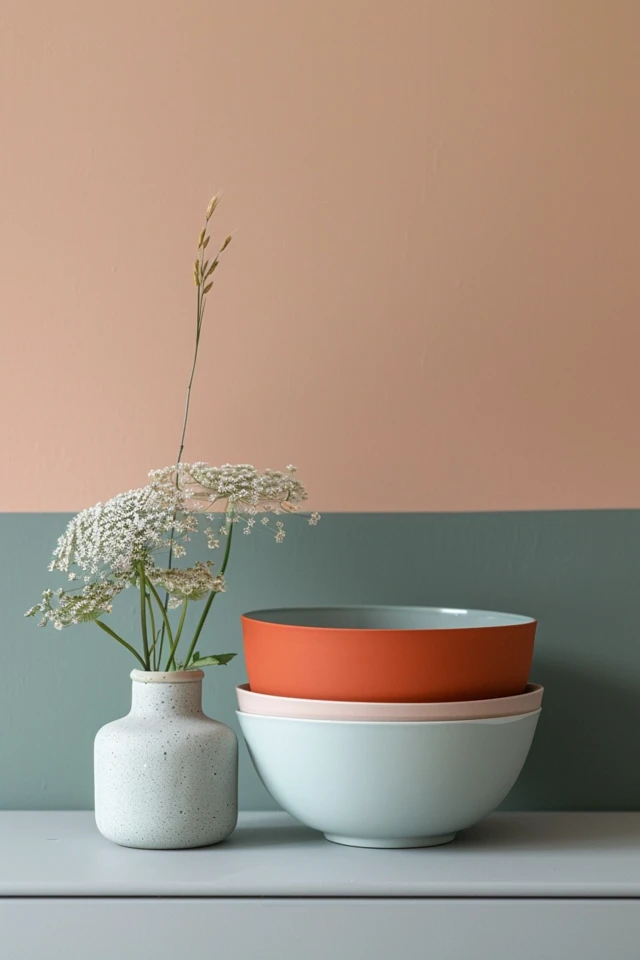Before Reading this Article, Hire Us As Your Designer or Take a Look at My Top 3 Amazon Picks!
If you are looking to blend Amazon's furniture finds with a personalized touch for your space, check out my portfolio, and hire us! You'll get 3 Idea boards, 2 Concept Boards, 2 Realistic Renderings, a Floor Plan, and a Shopping List! Everything's online, plus a 25% discount on your first online interior design project with my Havenly Promo code 4c7441bcfb. With over 2,000 designs since 2017 and top US brand partnerships, your project is in expert hands. US only. Ready to start?
Selecting the right color palette is crucial in achieving a minimalist design that exudes tranquility and sophistication. As an architect and interior designer with a focus on evidence-based design, I’ve seen firsthand how color can transform a space. The right hues can make a room feel more spacious, serene, and cohesive. This guide will help you choose the perfect minimalist color palette for your home.
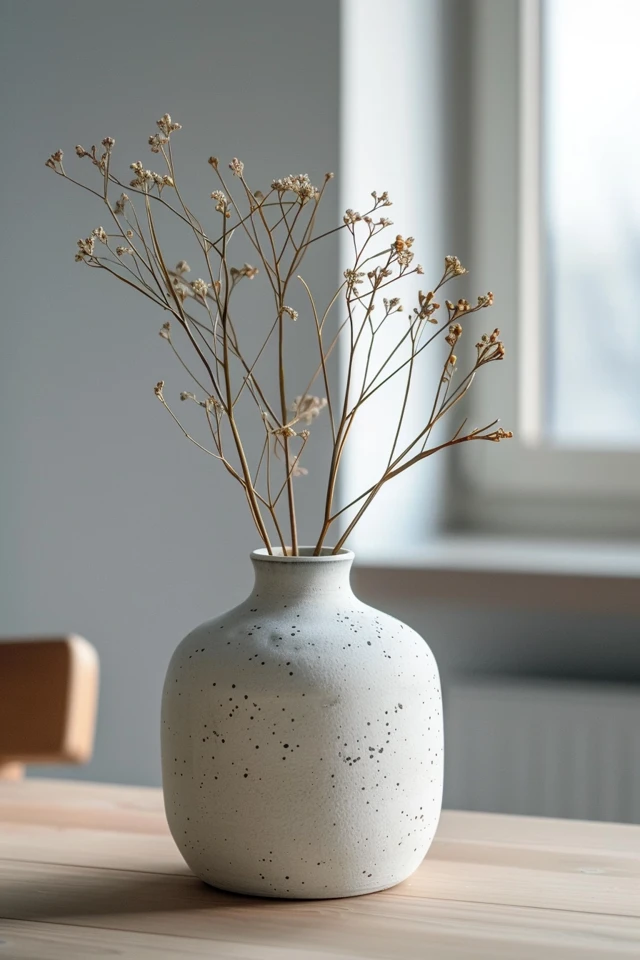
Key Takeaways:
- Opt for Neutral Base Colors: Use neutral hues as the foundation for a minimalist look.
- Incorporate Soft Pastels: Add subtle pops of color with soft pastels.
- Utilize Monochromatic Schemes: Create depth and interest with variations of a single color.
- Enhance with Natural Elements: Use natural materials and textures to complement the color palette.
- Balance with Bold Accents: Introduce bold accents sparingly to maintain simplicity.
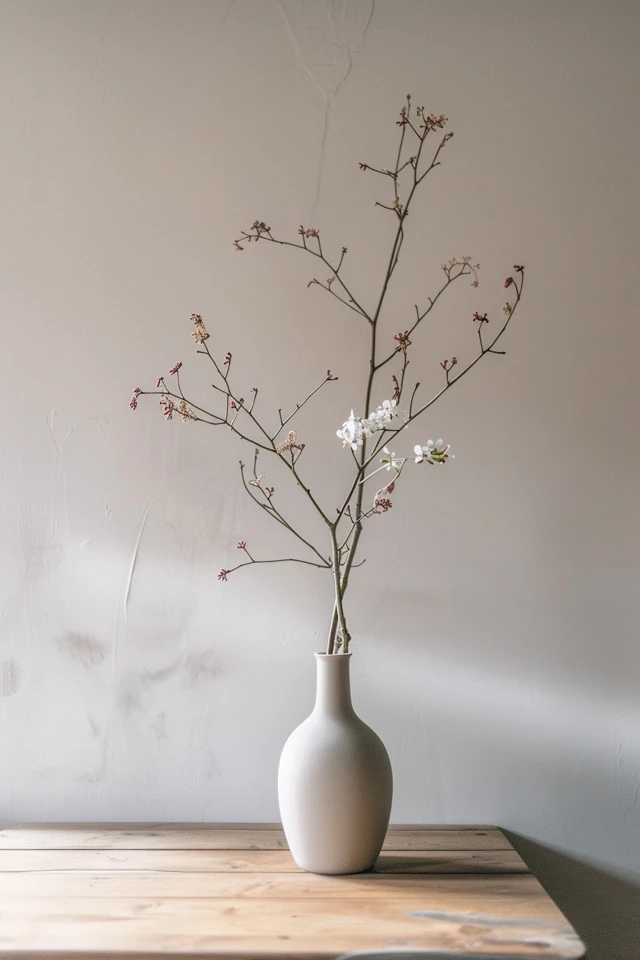
1. Opt for Neutral Base Colors
Neutral base colors are the cornerstone of minimalist design. Shades of white, beige, gray, and taupe create a serene and cohesive backdrop that enhances the sense of space and light. These colors provide a versatile foundation that can be easily adapted to different decor styles and preferences.
When selecting neutral base colors, consider the undertones. Cool neutrals, like grays with blue undertones, can create a calm and modern feel, while warm neutrals, like beige with yellow undertones, add warmth and coziness. High-quality, durable paint in neutral shades ensures your walls remain fresh and easy to maintain.
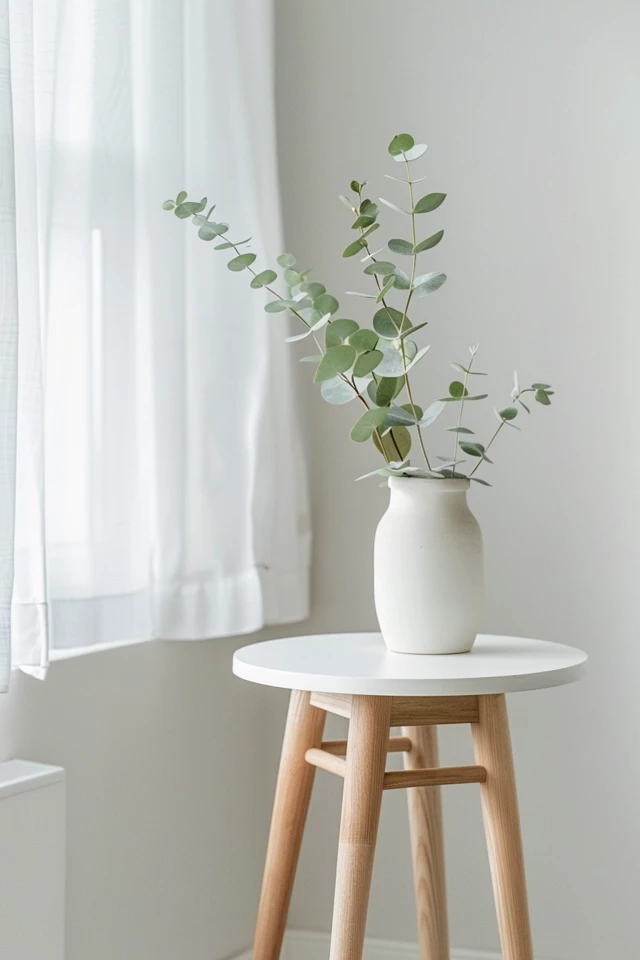
2. Incorporate Soft Pastels
Soft pastels are a great way to introduce subtle pops of color into a minimalist palette. Colors like blush pink, mint green, and soft blue can add personality and warmth without overwhelming the space. These hues work well in accessories, textiles, and small decor items.
For example, you can use pastel-colored cushions, throws, or artwork to add a touch of color to a neutral room. Soft pastels can also be used in larger elements, such as an accent wall or furniture piece, to create a gentle yet impactful visual interest.
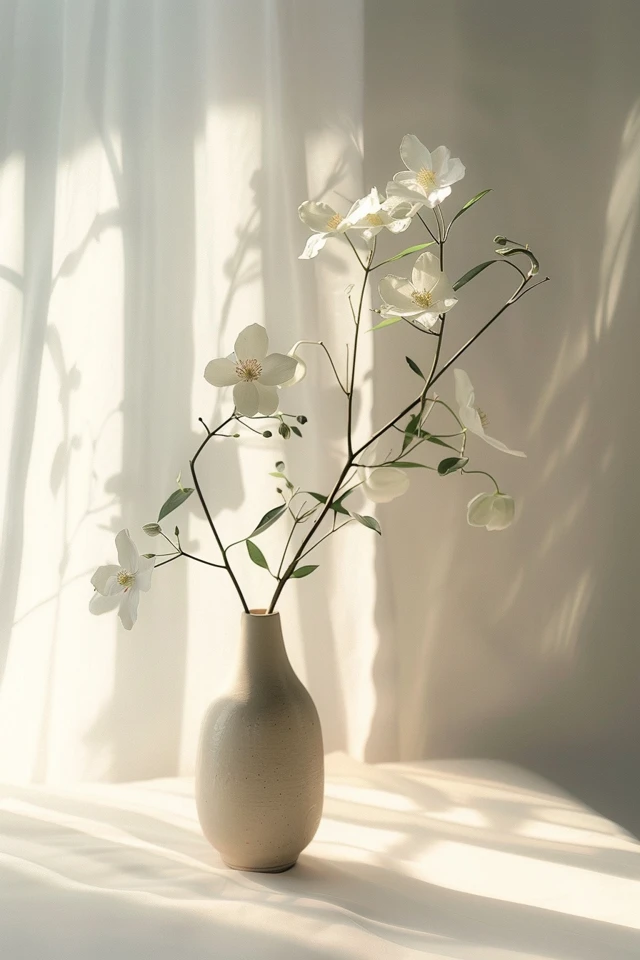
3. Utilize Monochromatic Schemes
Monochromatic color schemes involve using different shades and tones of a single color. This approach creates depth and visual interest while maintaining a cohesive and minimalist look. Monochromatic schemes are particularly effective in creating a sophisticated and harmonious environment.
Choose a base color and incorporate lighter and darker variations of that hue in different elements of the room. For instance, if you choose gray as your base color, you can use light gray for the walls, medium gray for the furniture, and dark gray for accents like cushions and rugs.
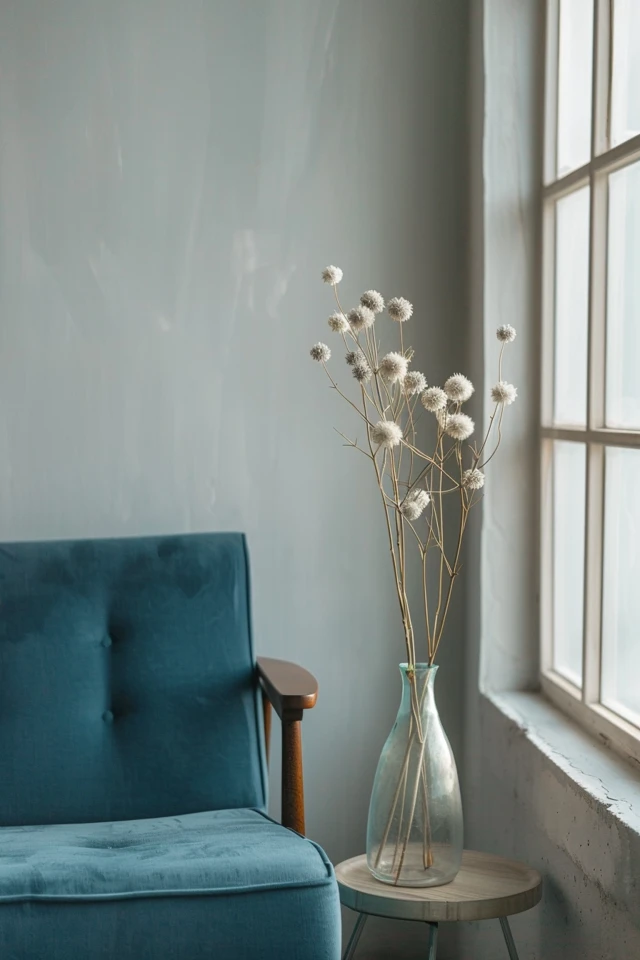
4. Enhance with Natural Elements
Natural elements and textures complement a minimalist color palette by adding warmth and interest. Materials like wood, stone, and linen can enhance the neutral hues and create a more inviting and organic feel. These elements also bring a sense of balance and connection to nature.
Incorporate natural wood furniture, stone countertops, or linen textiles to add texture and depth to your minimalist space. These materials not only look beautiful but also contribute to a calming and harmonious environment. Plants are another excellent way to introduce natural elements and add a touch of greenery.
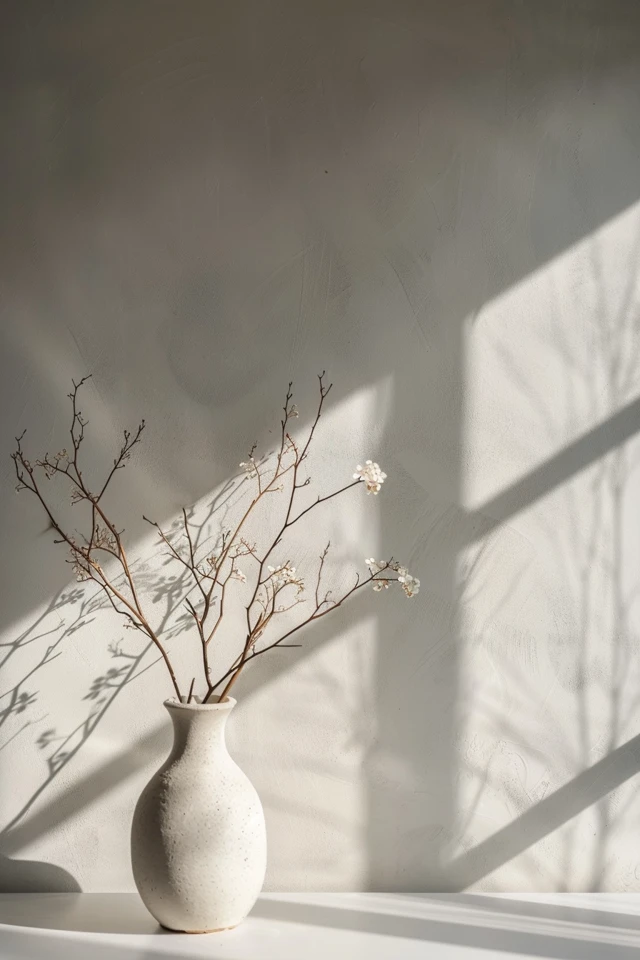
5. Balance with Bold Accents
While minimalism focuses on simplicity, a few well-placed bold accents can add character and prevent the space from feeling too sterile. Bold colors should be used sparingly to maintain the minimalist aesthetic and should complement the overall color palette.
Consider adding a bold-colored piece of artwork, a statement furniture item, or a vibrant rug to inject energy into the room. The key is to balance these accents with the neutral base and ensure they enhance rather than overwhelm the space.
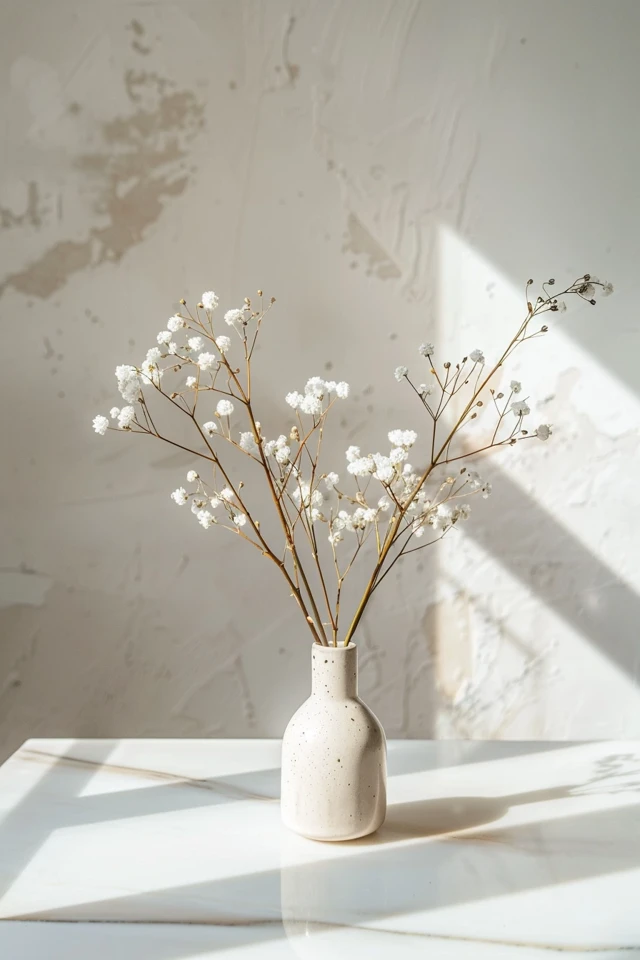
Conclusion
Choosing the perfect minimalist color palette involves balancing neutral base colors with soft pastels, monochromatic schemes, natural elements, and bold accents. This approach creates a serene, cohesive, and visually interesting environment that embodies the principles of minimalism.
As you select colors for your home, remember that minimalism is about more than just aesthetics; it’s about creating a space that promotes tranquility and functionality. Enjoy the process of curating a color palette that reflects your personal style and enhances the overall atmosphere of your home. With these tips, you can achieve a minimalist design that is both beautiful and timeless.
Inspirational Pictures
